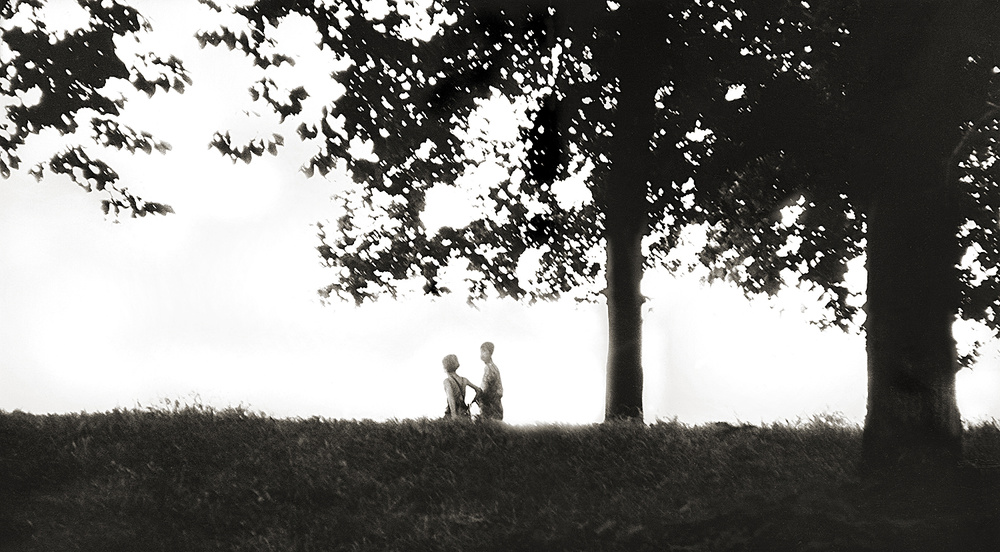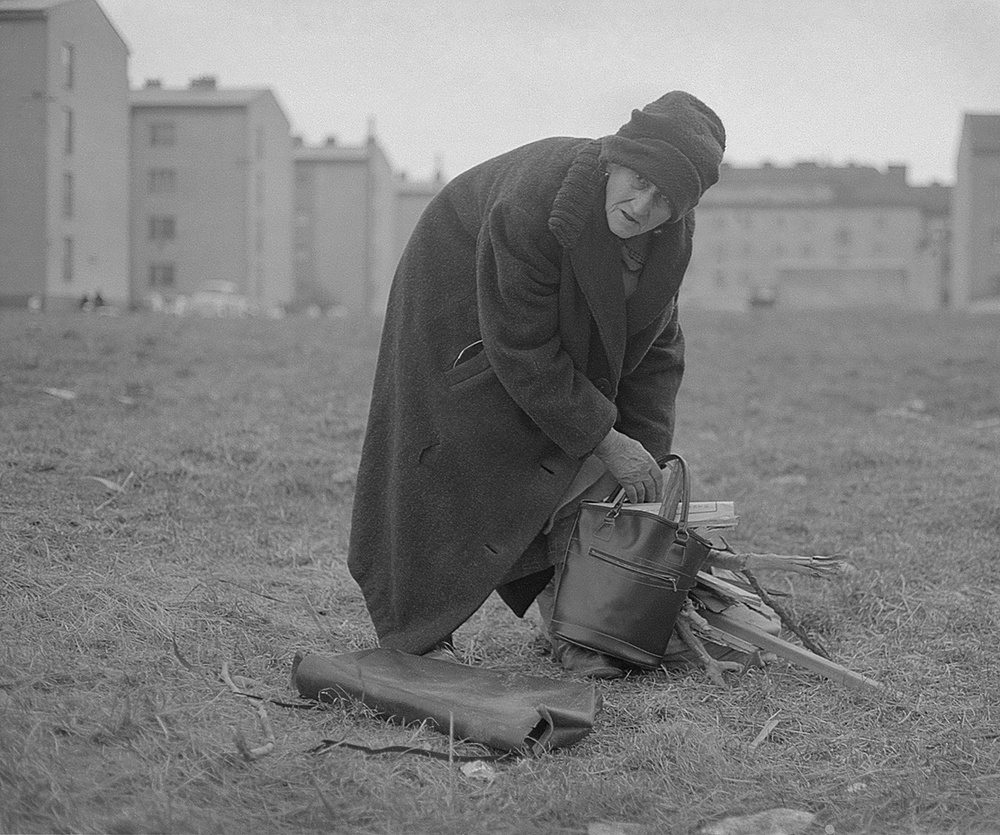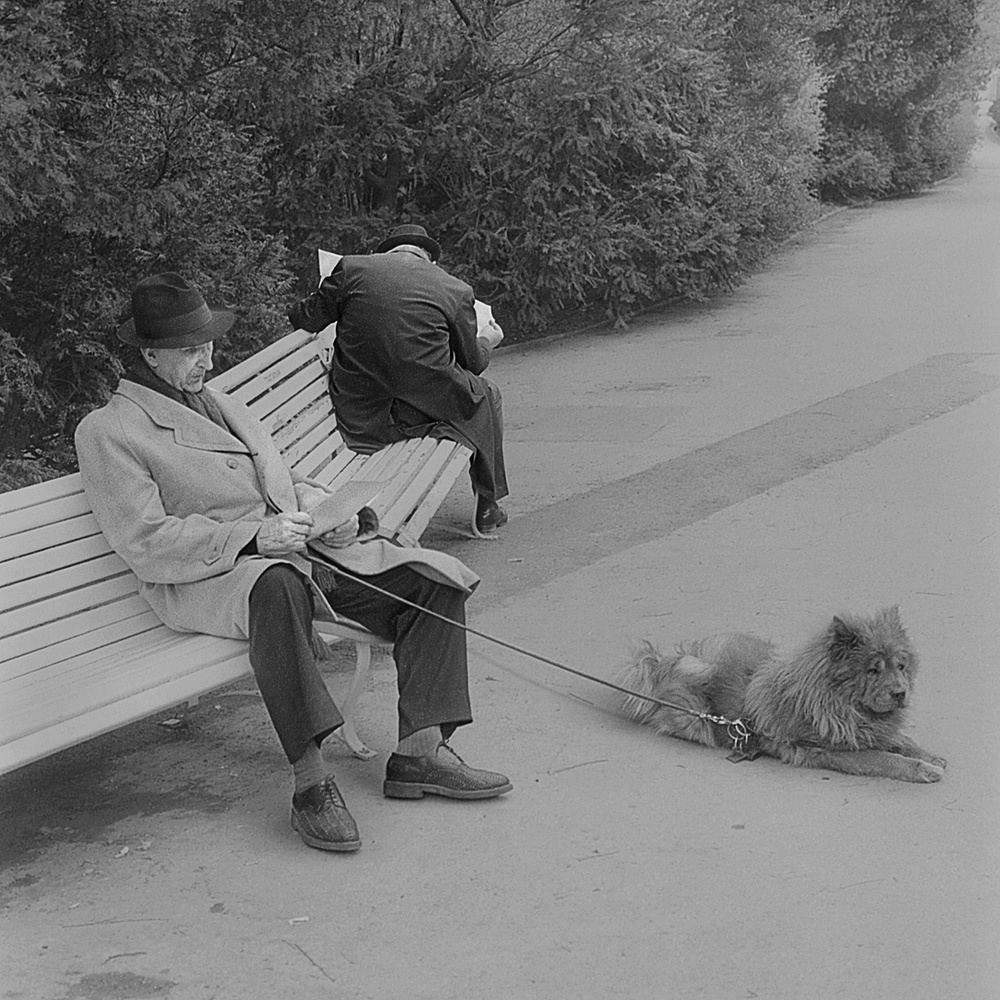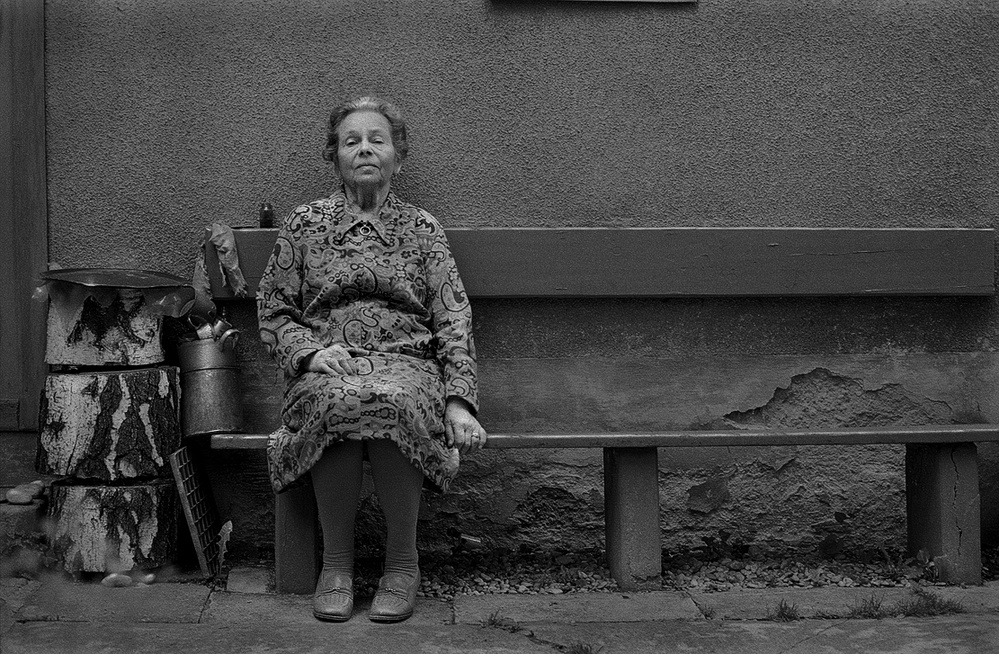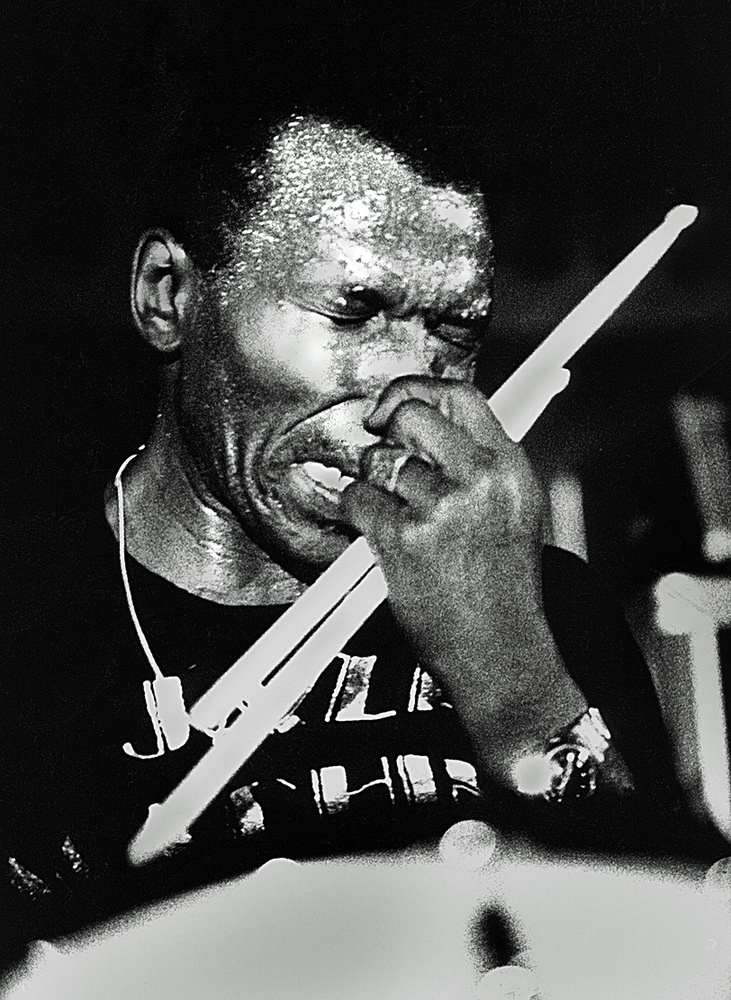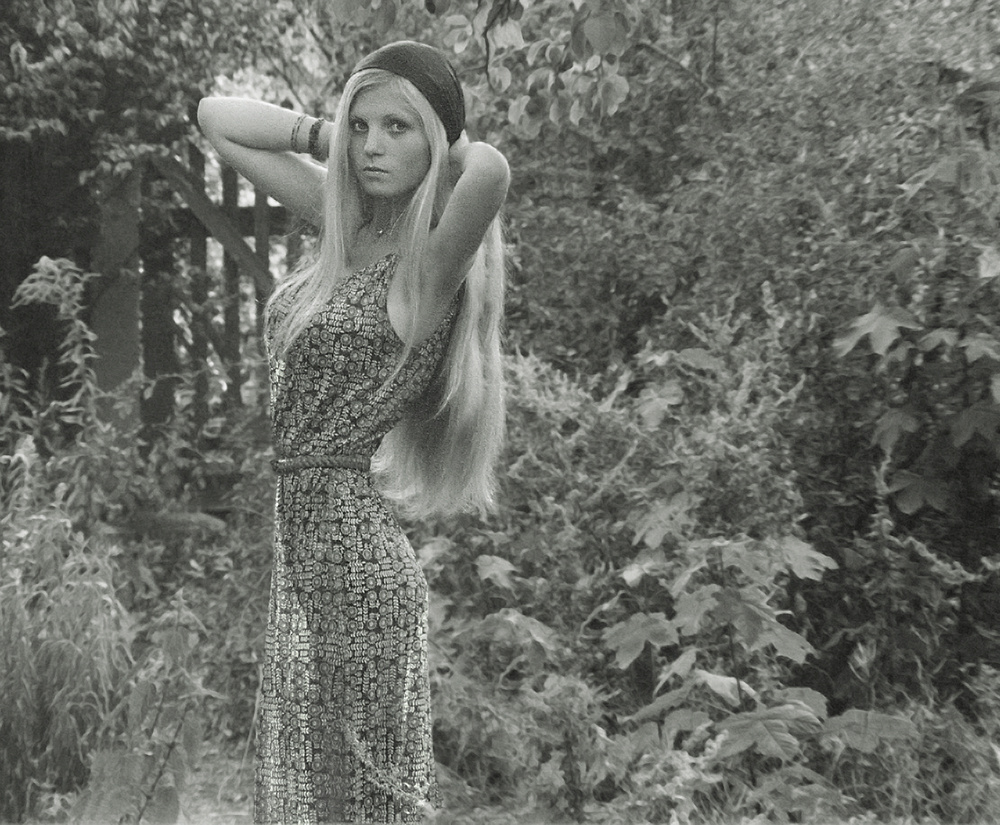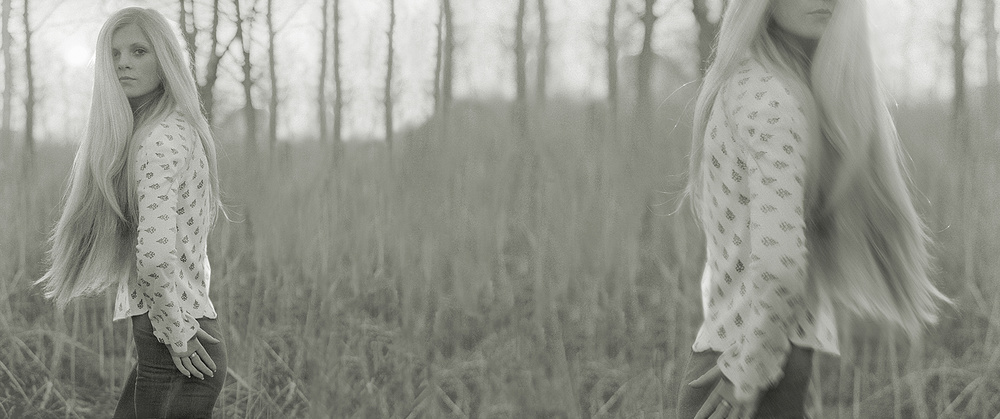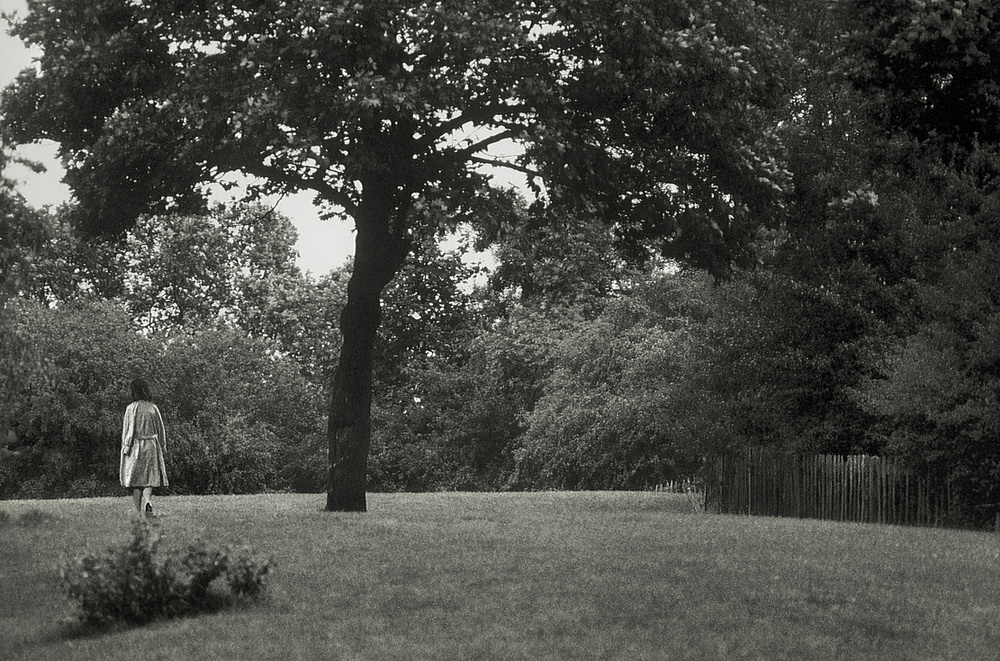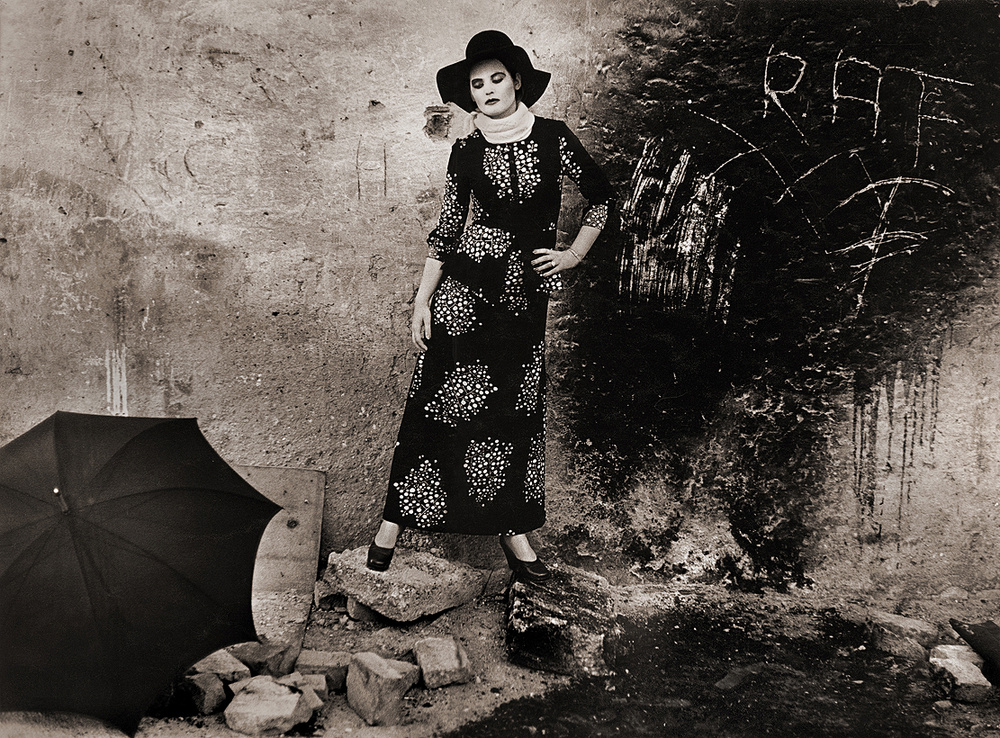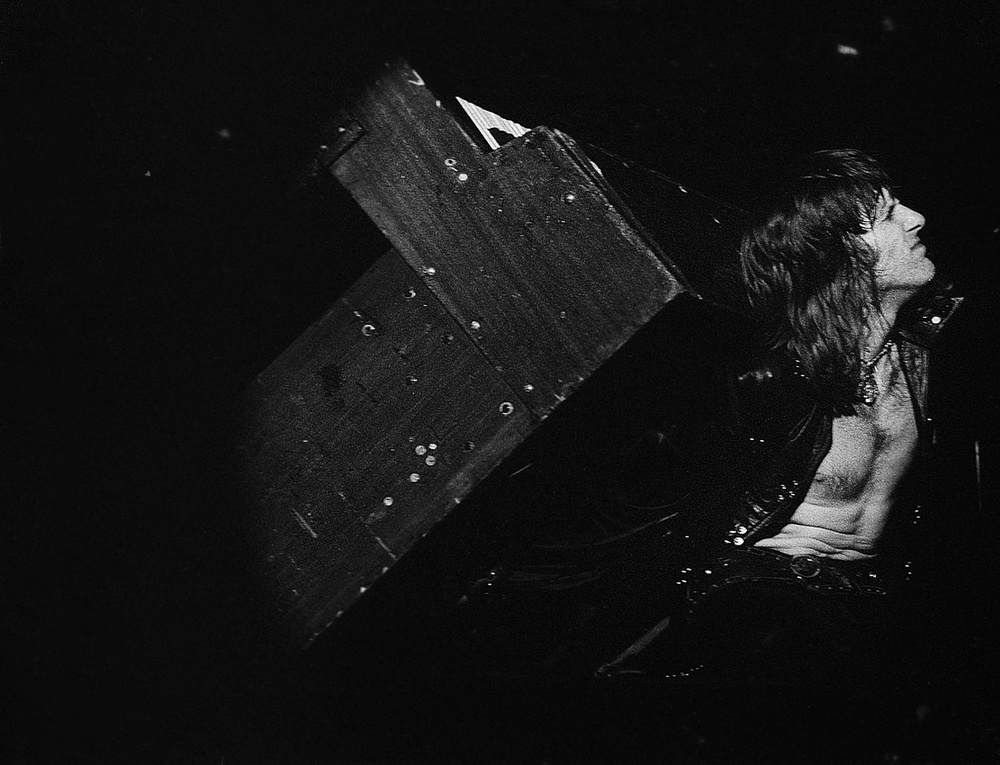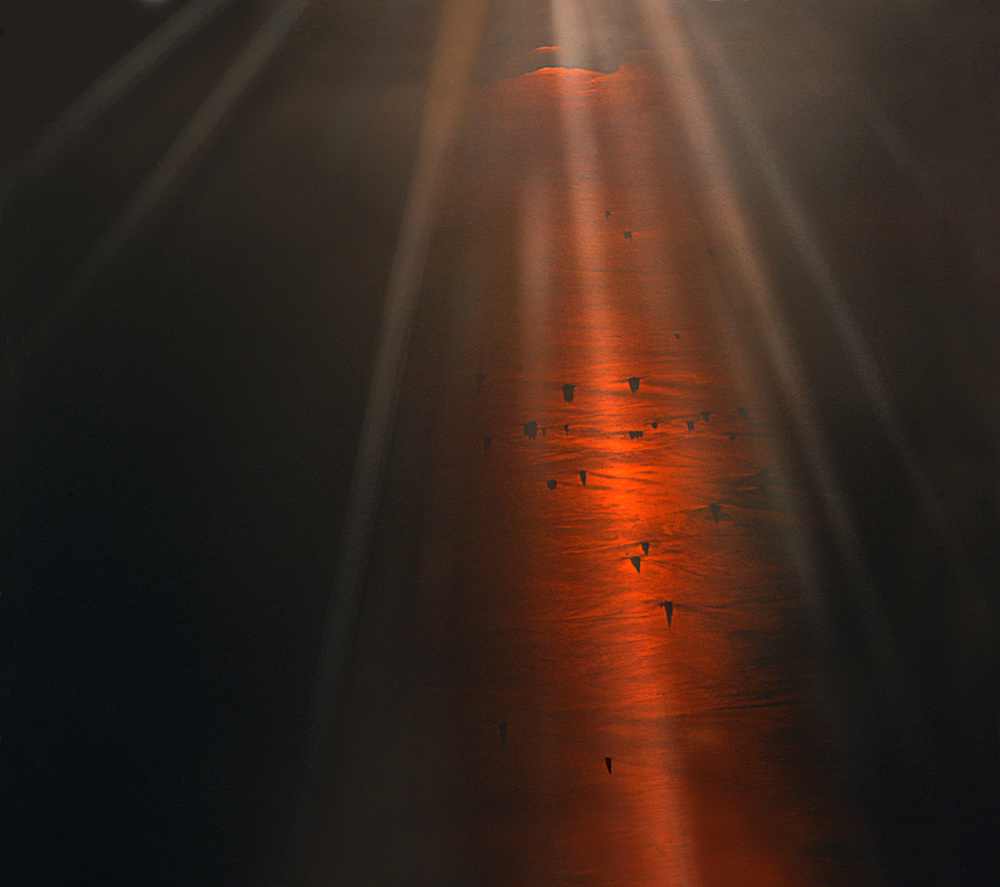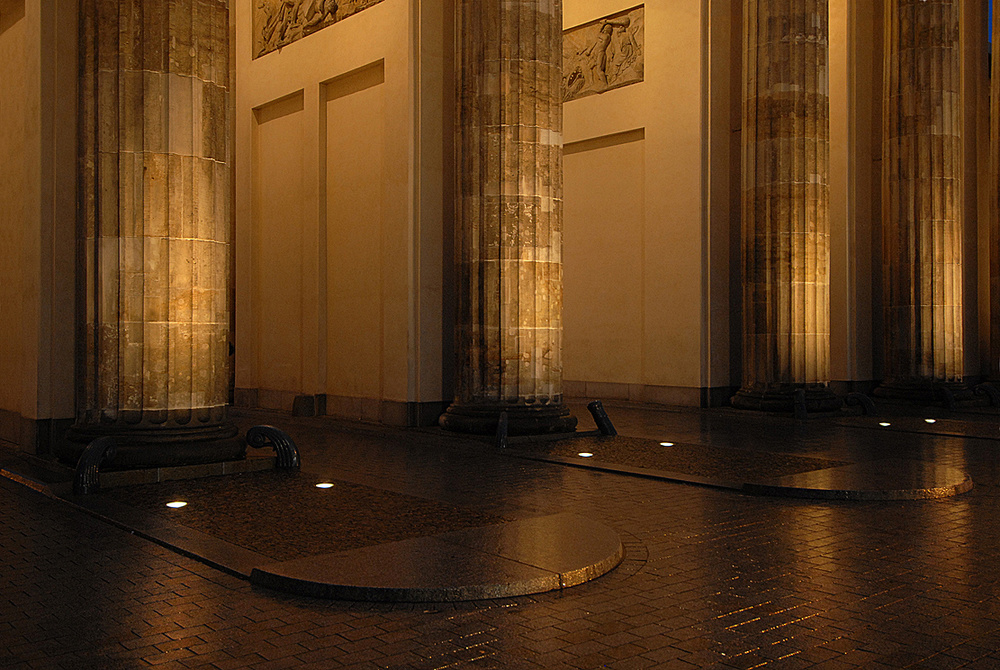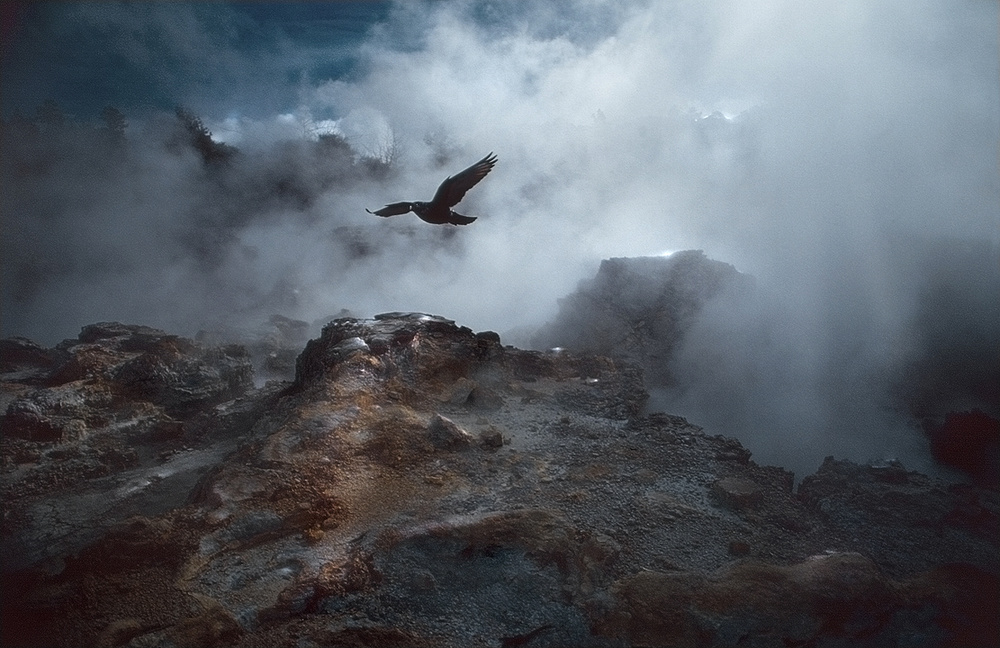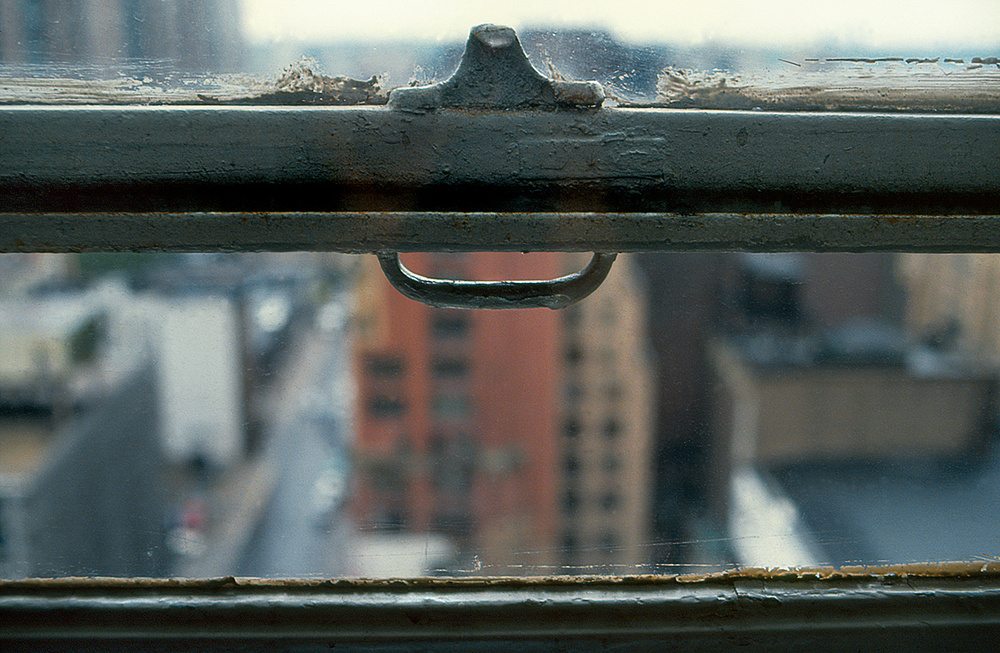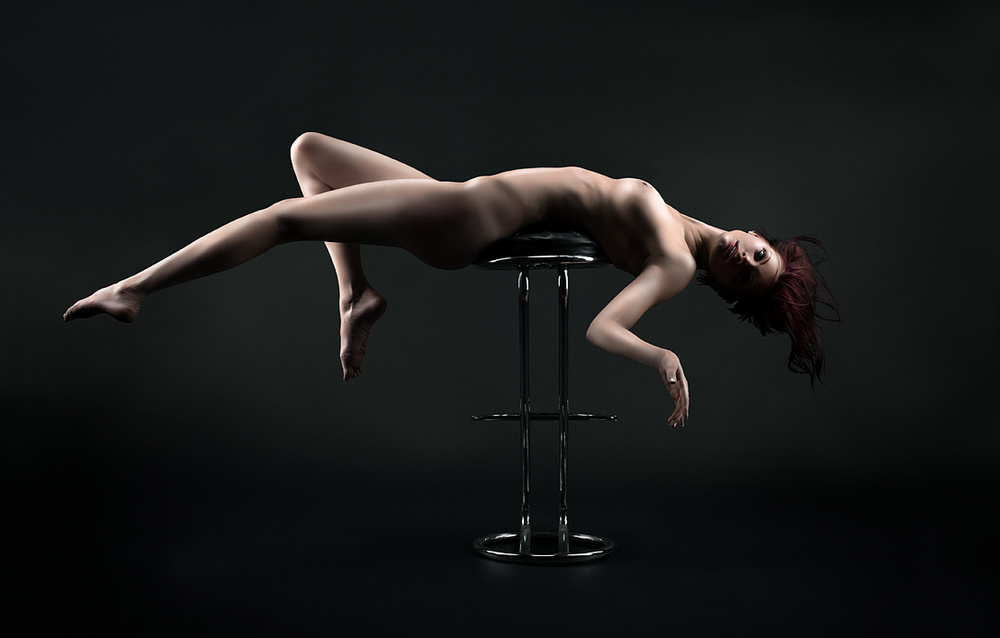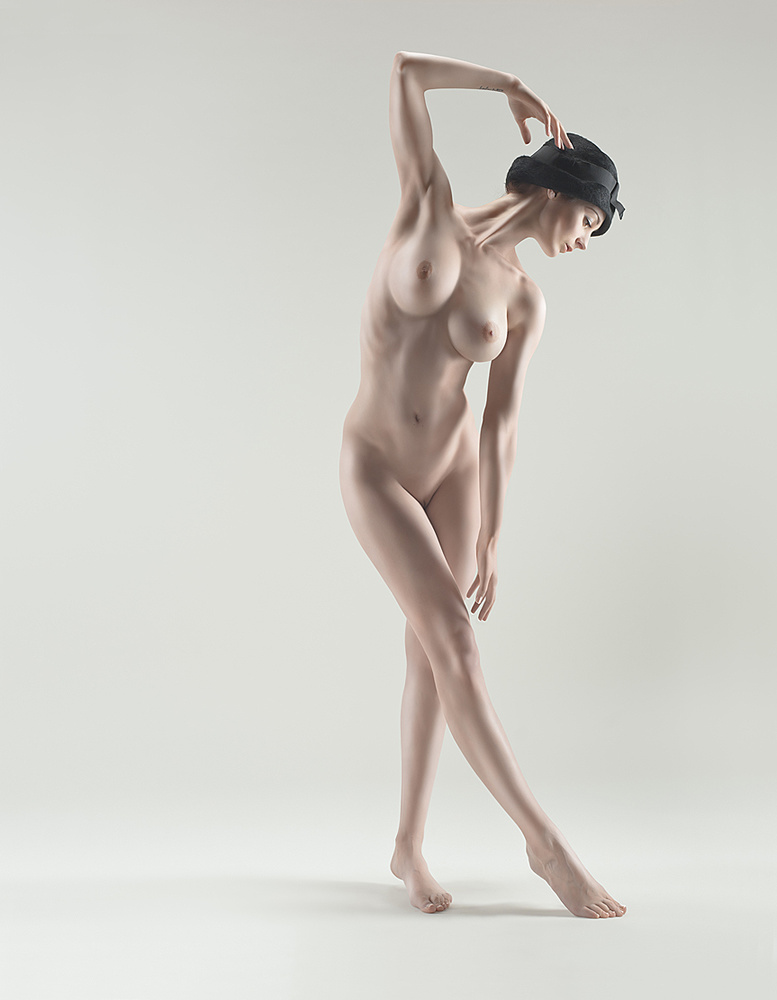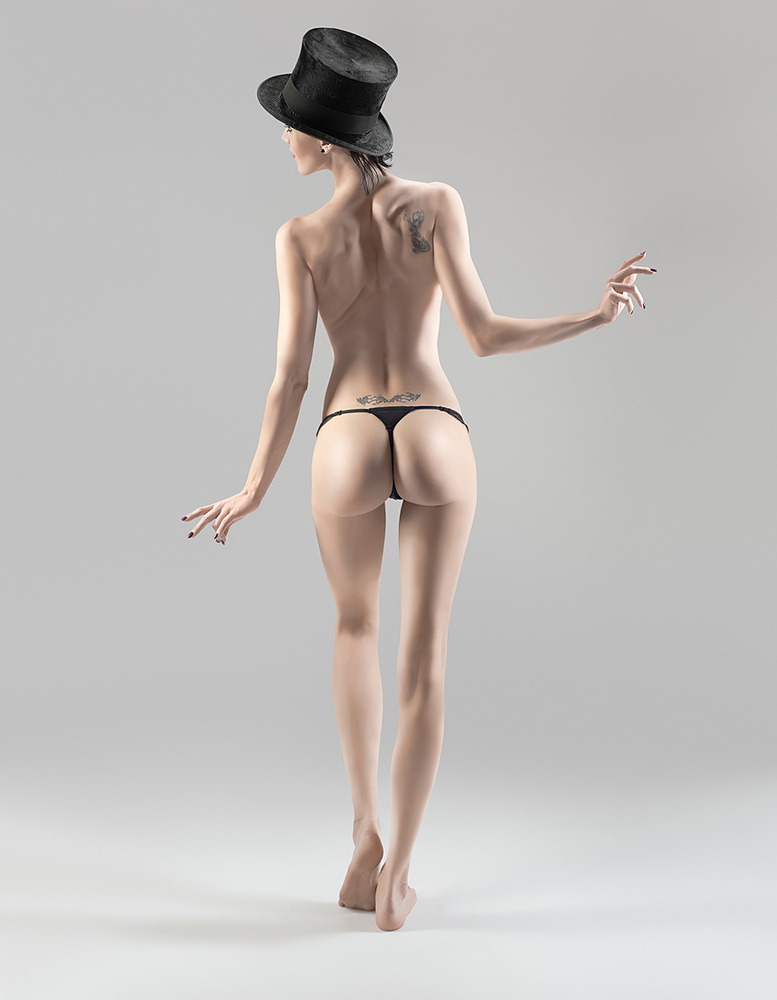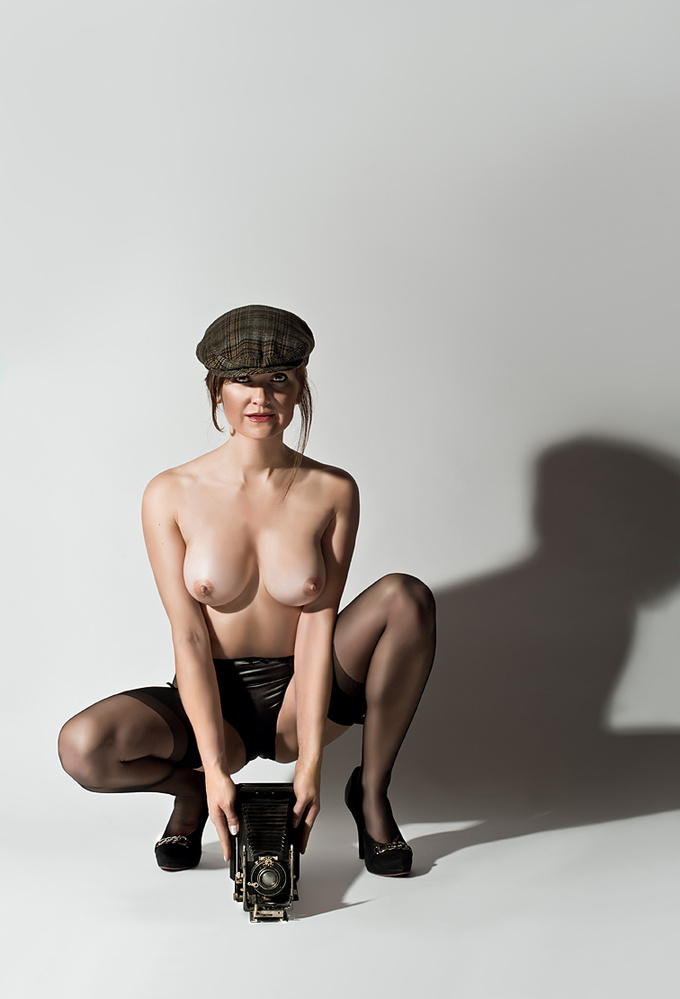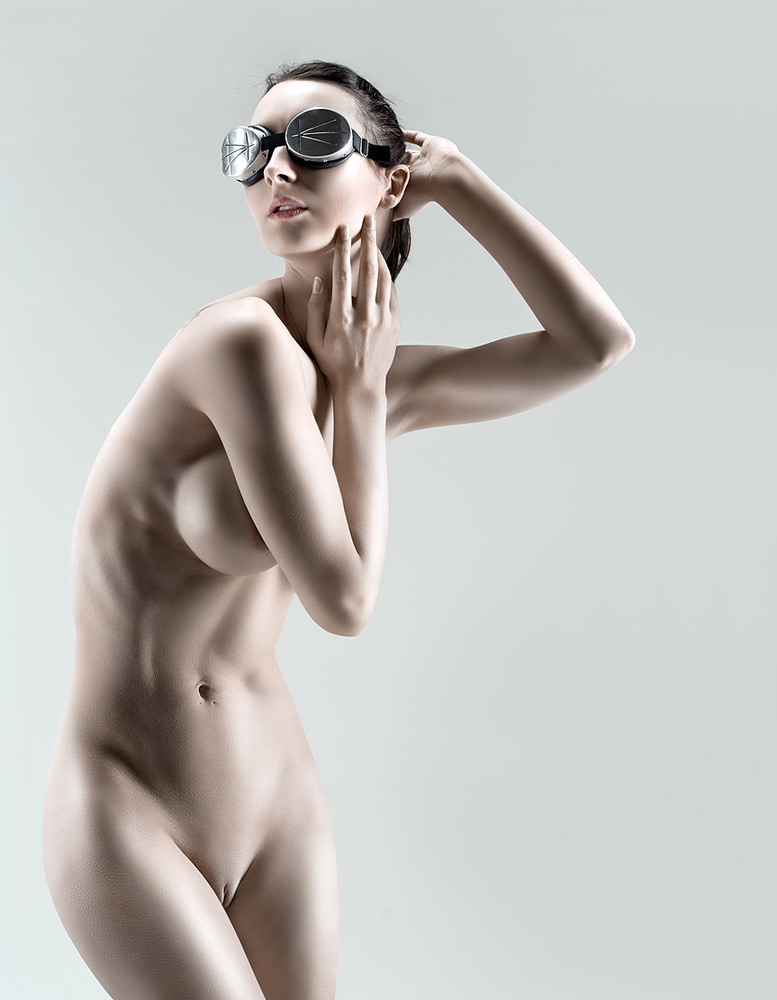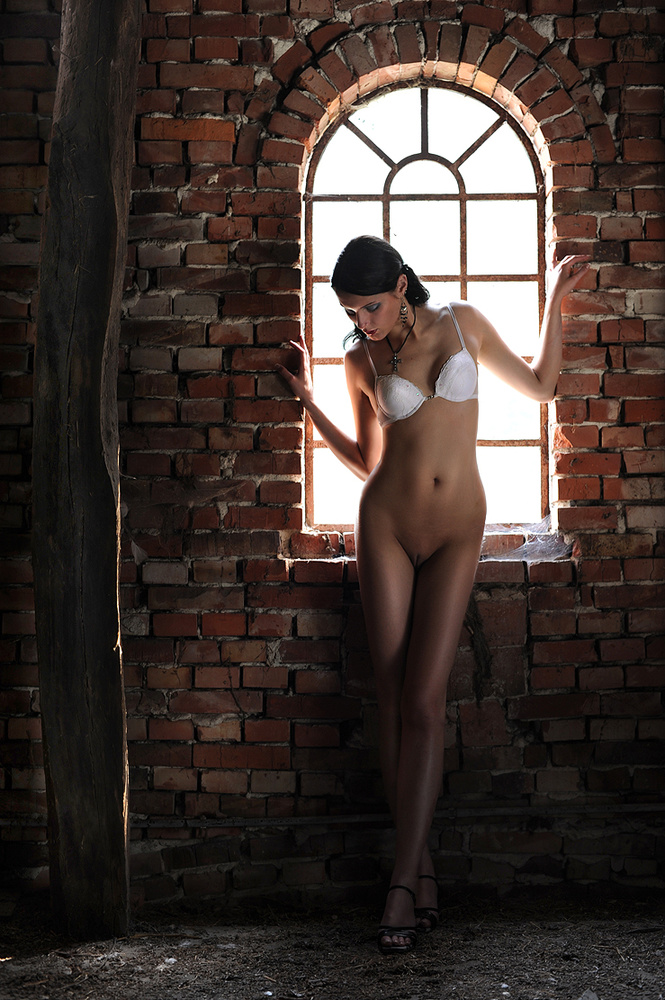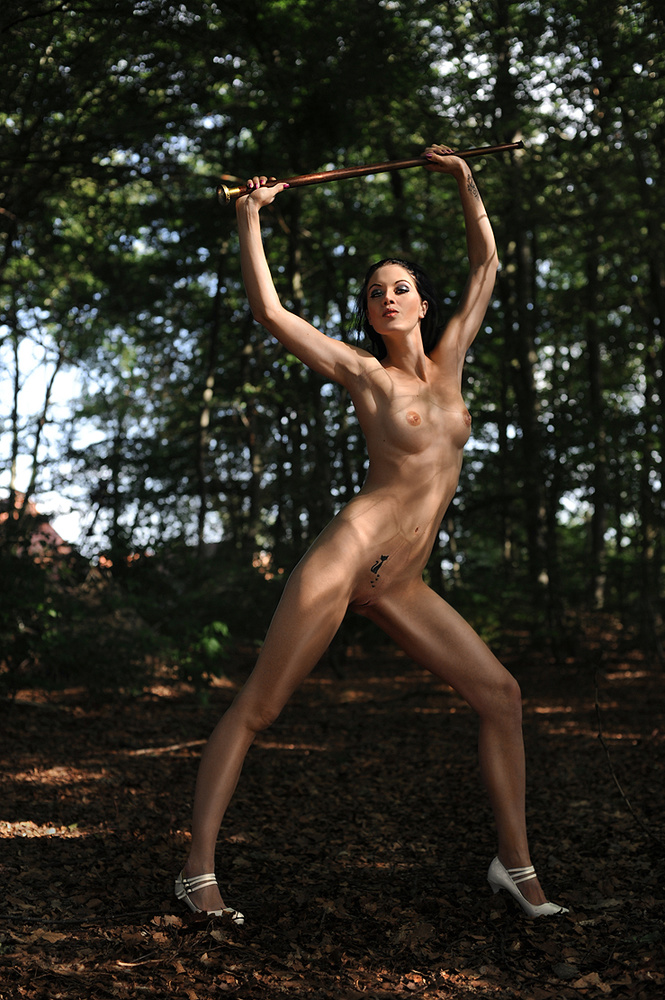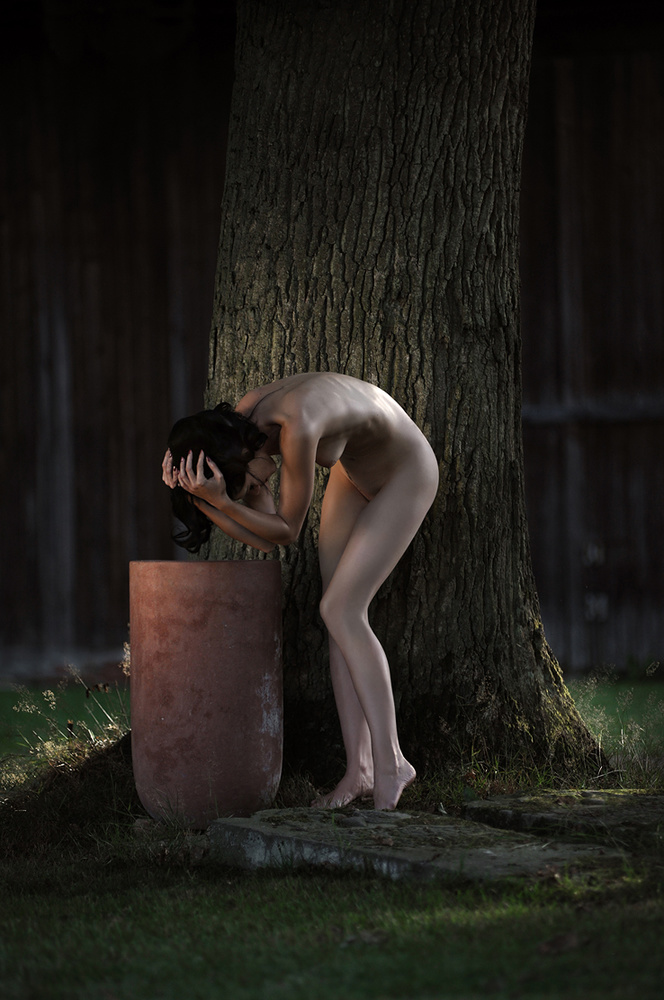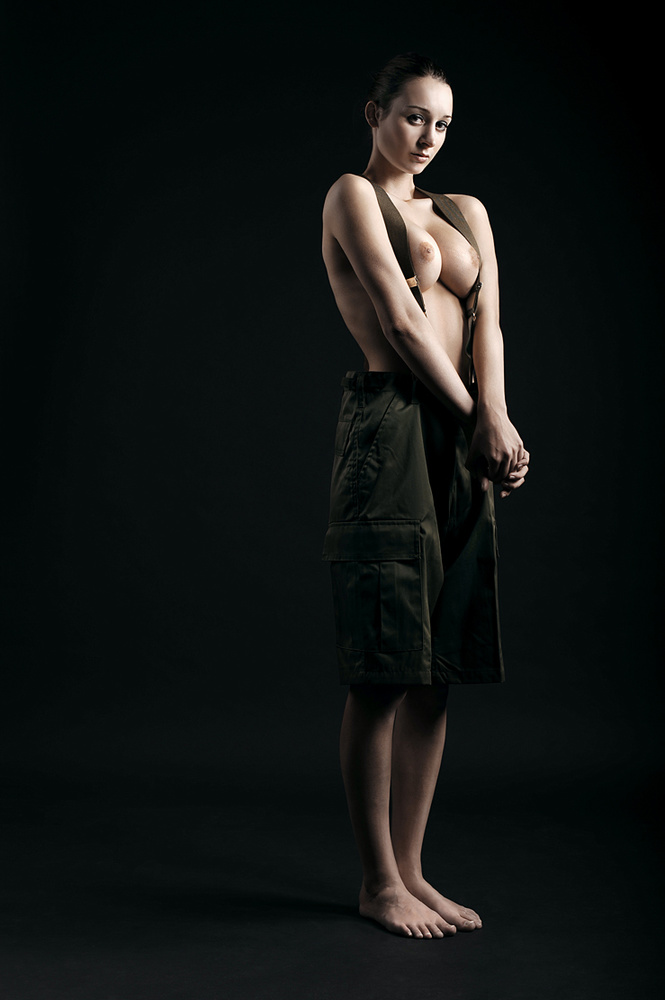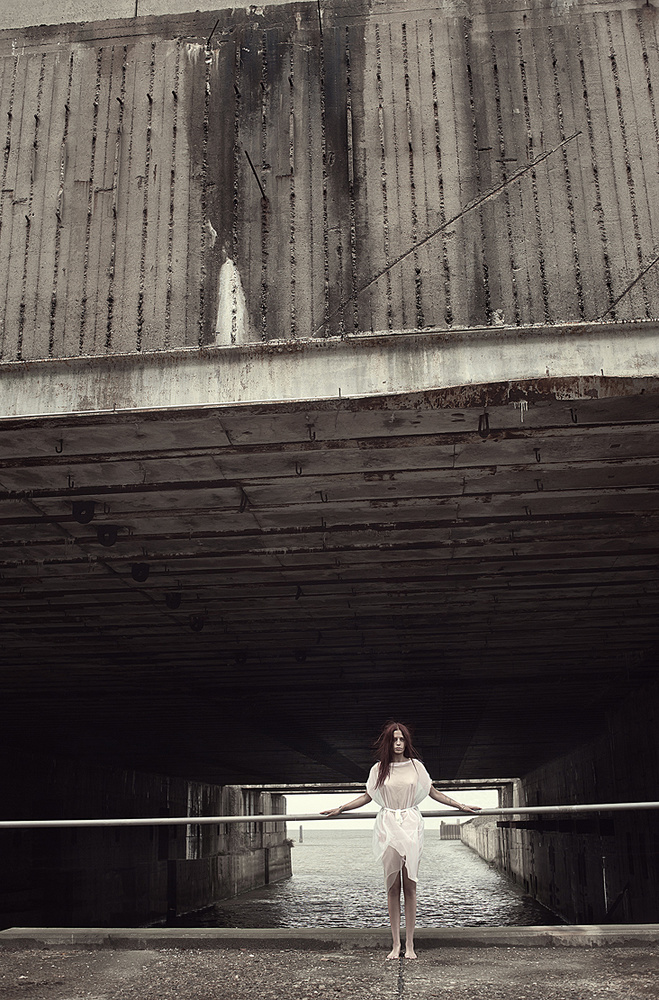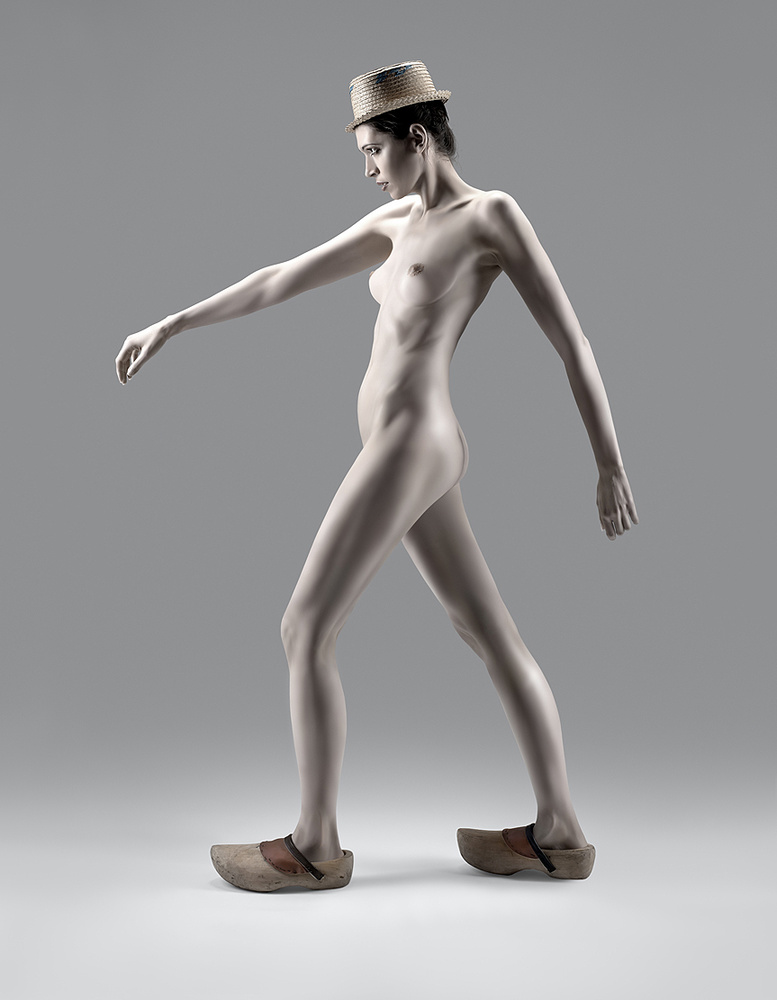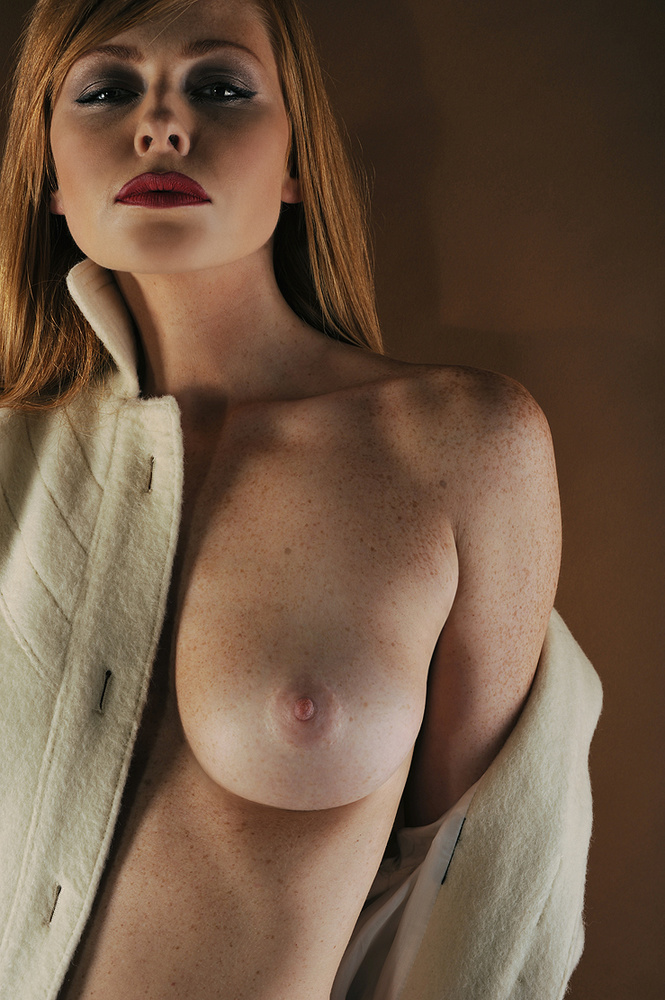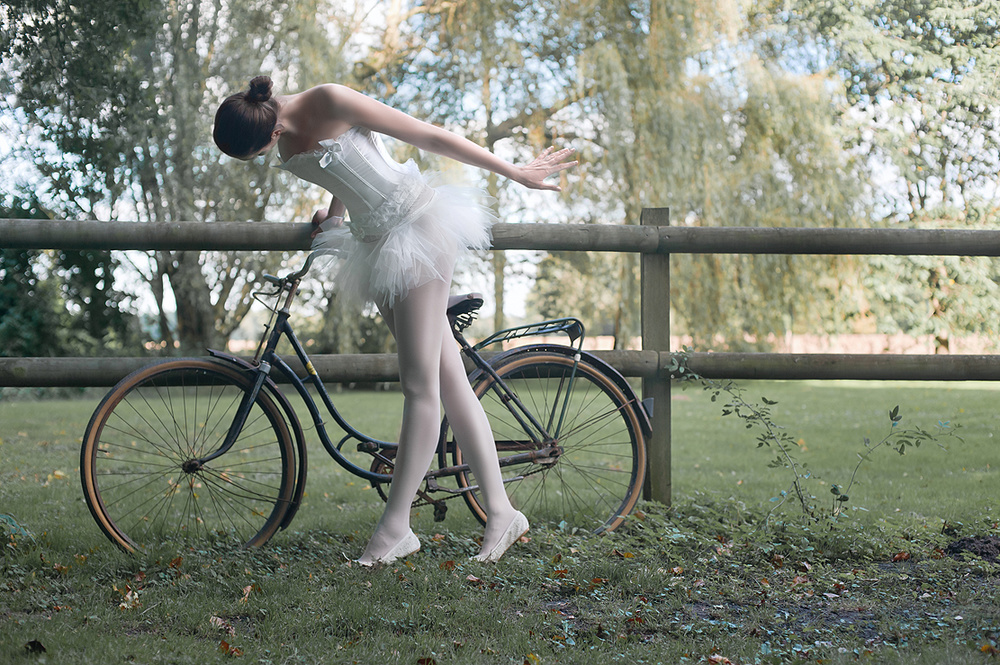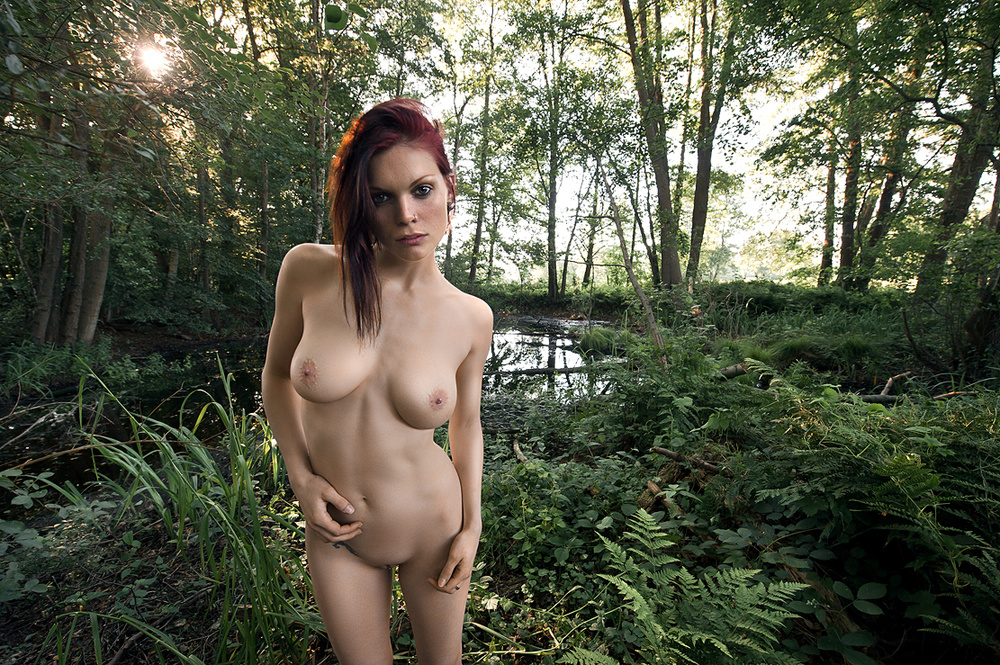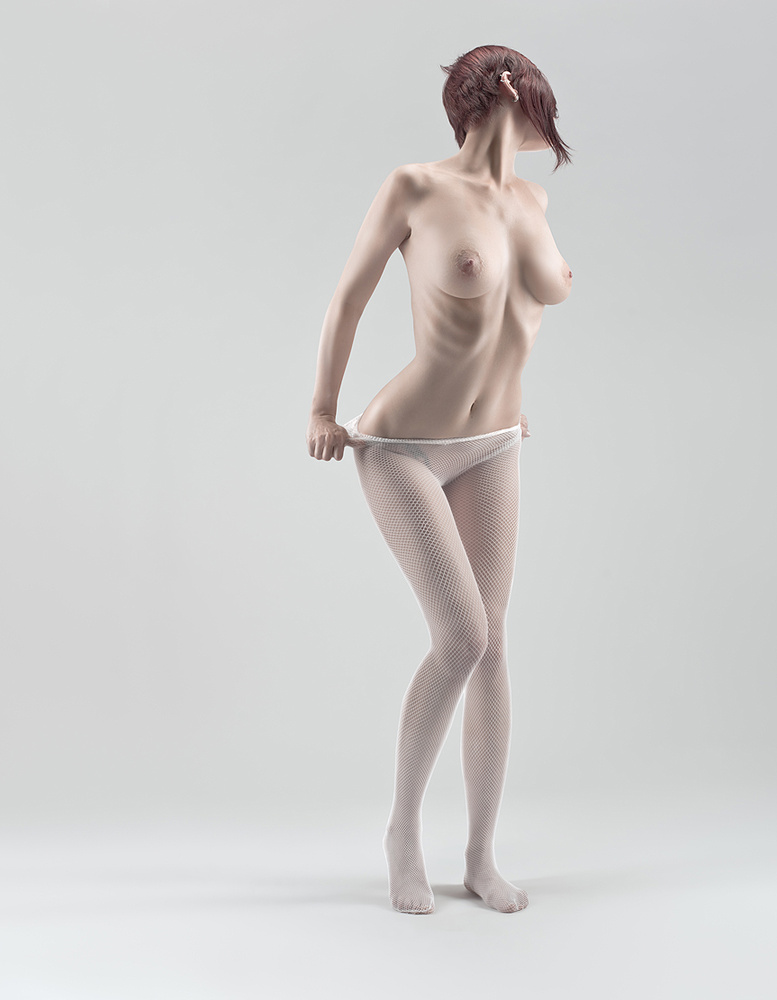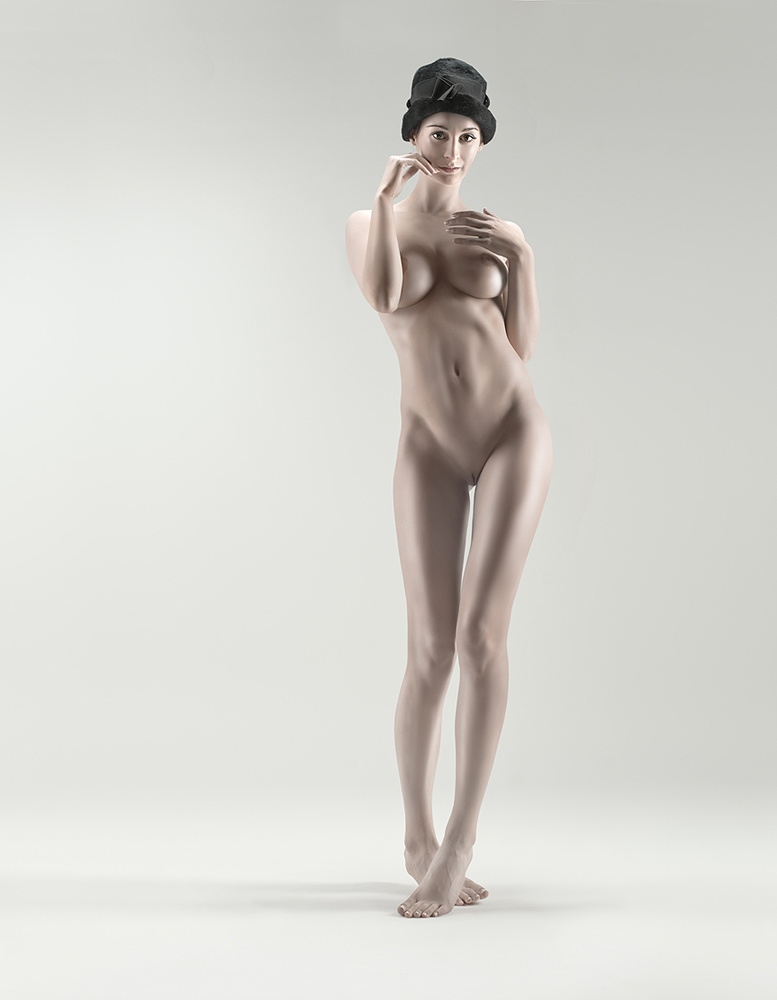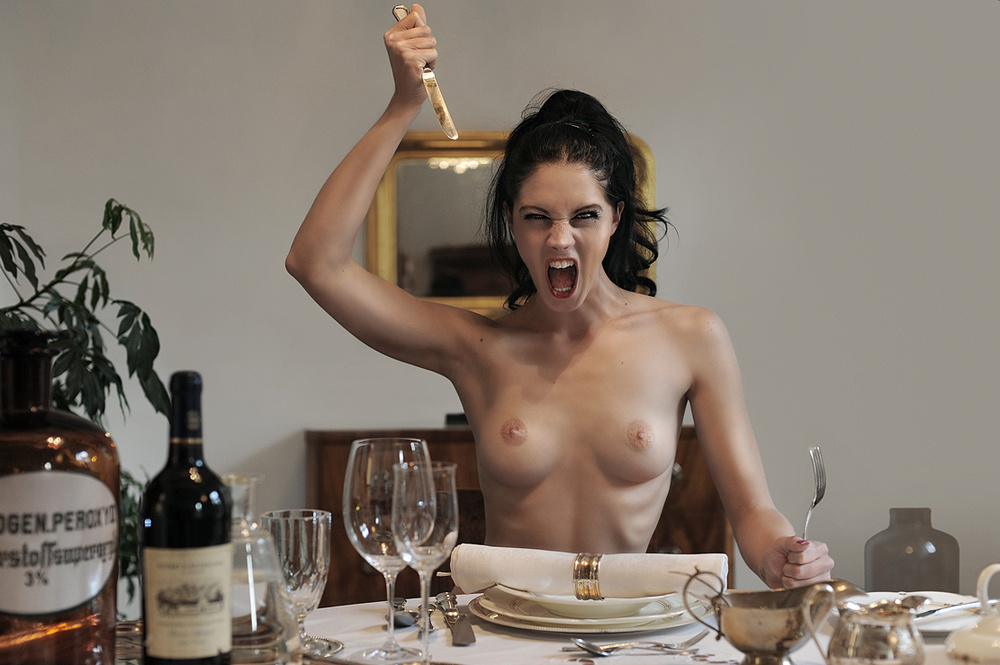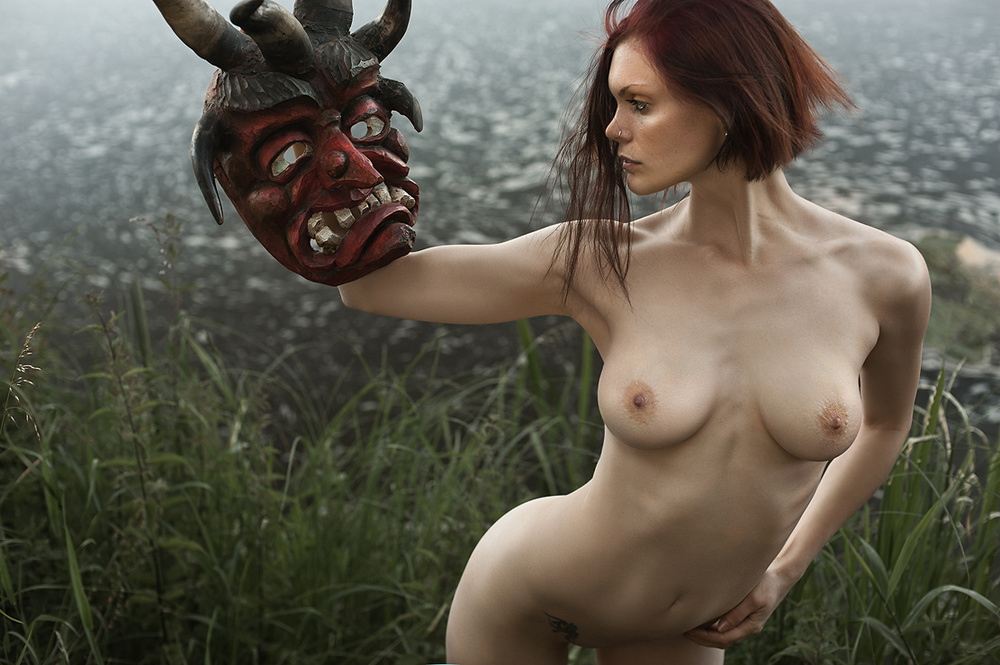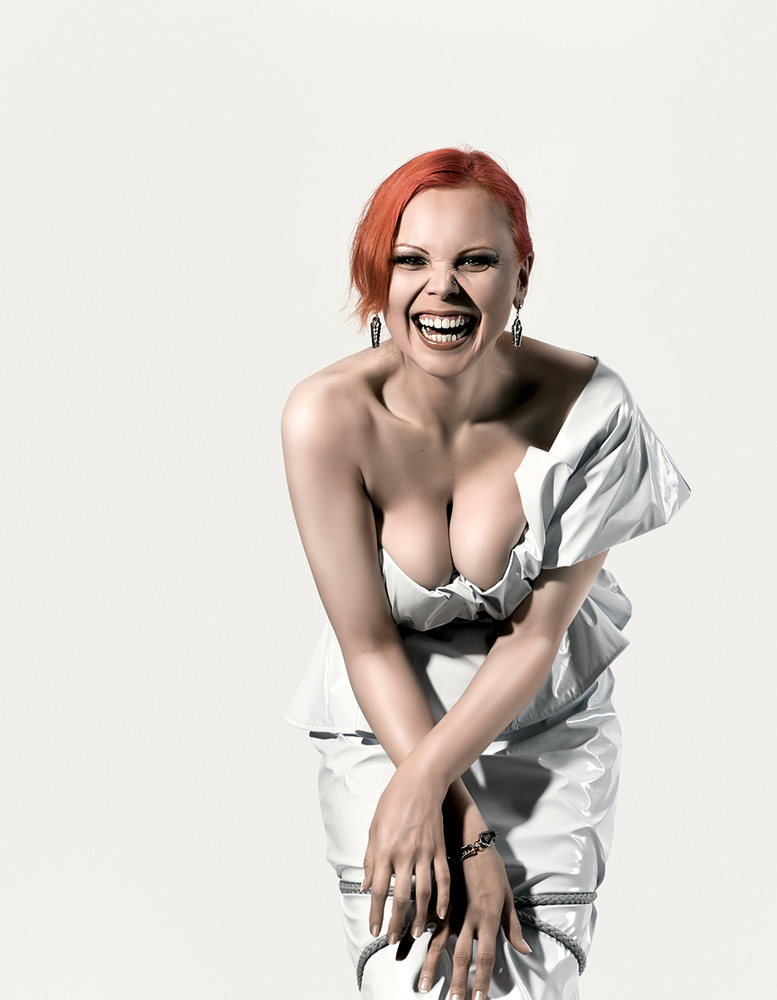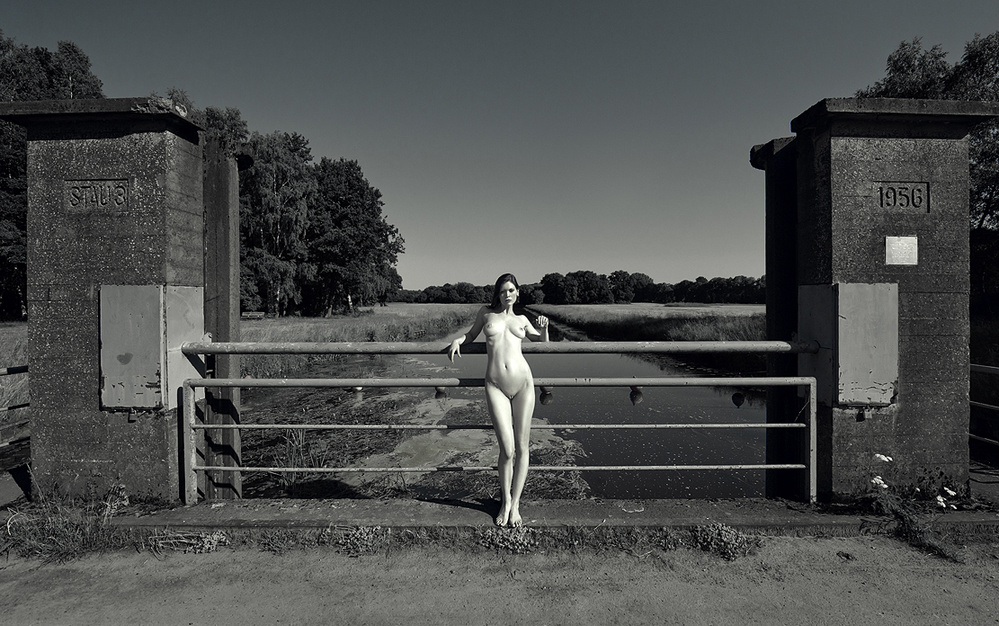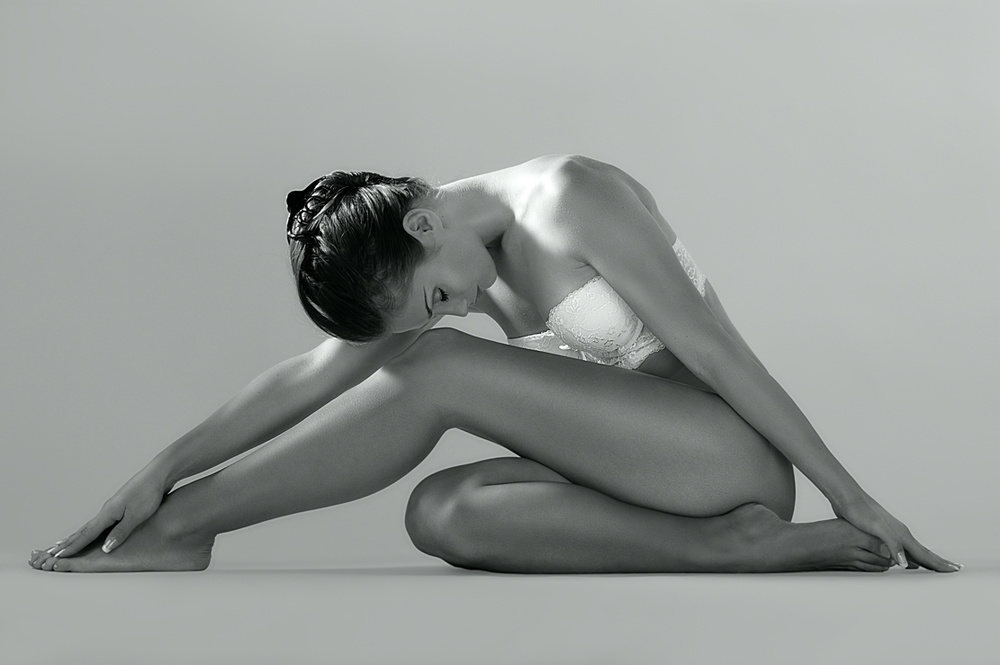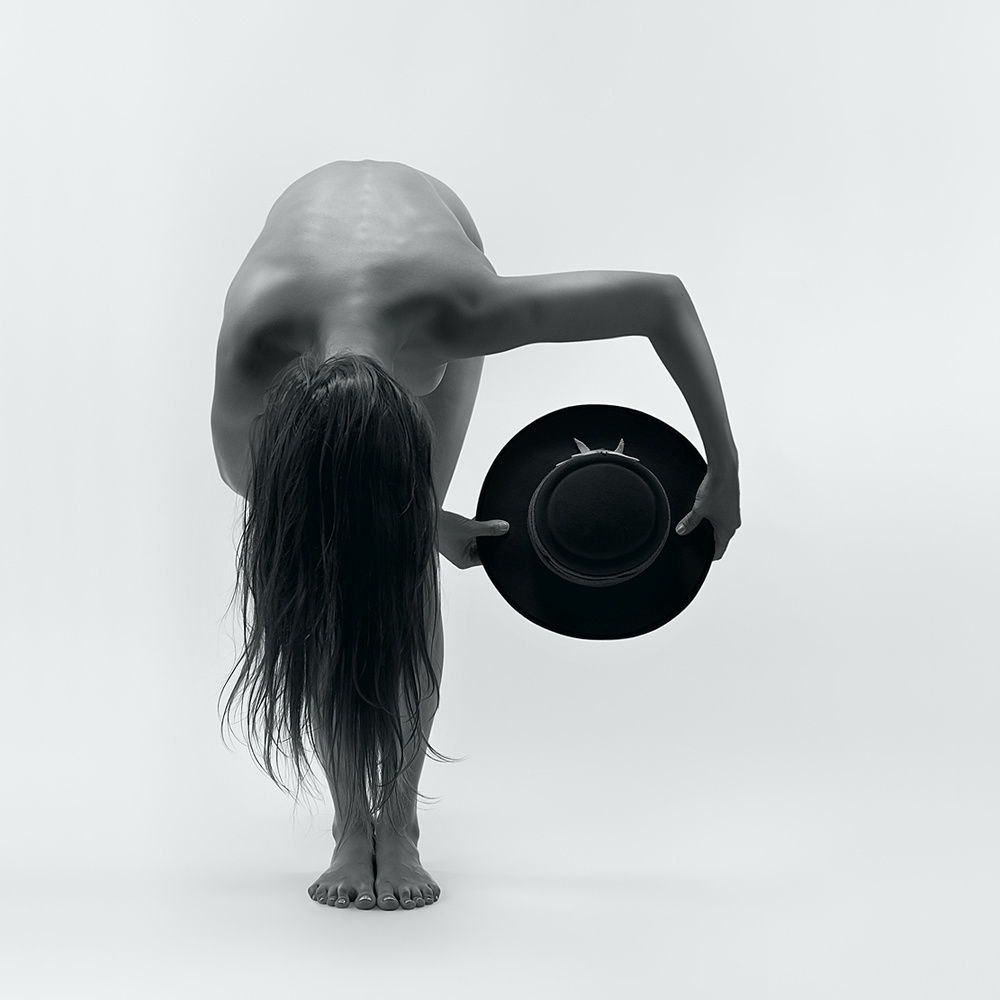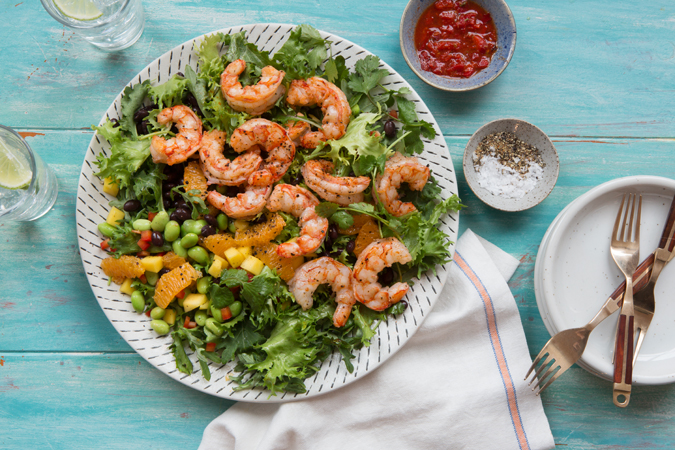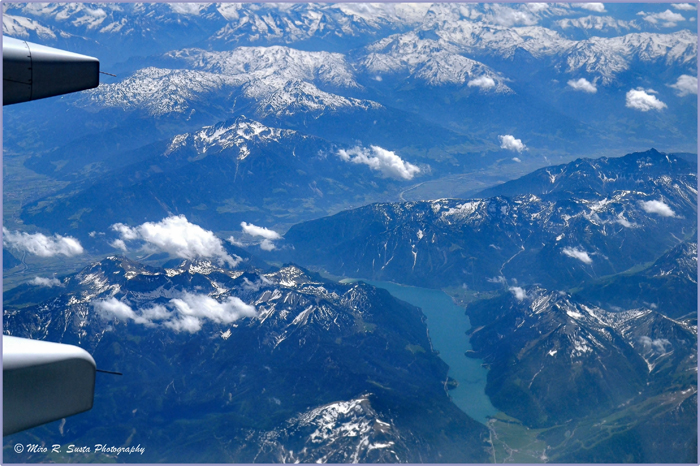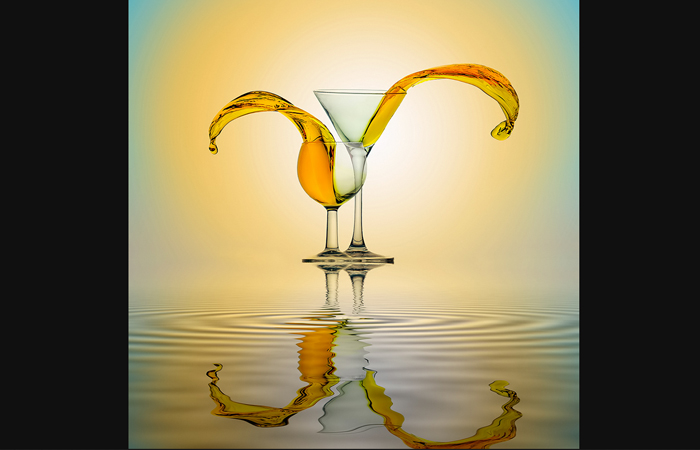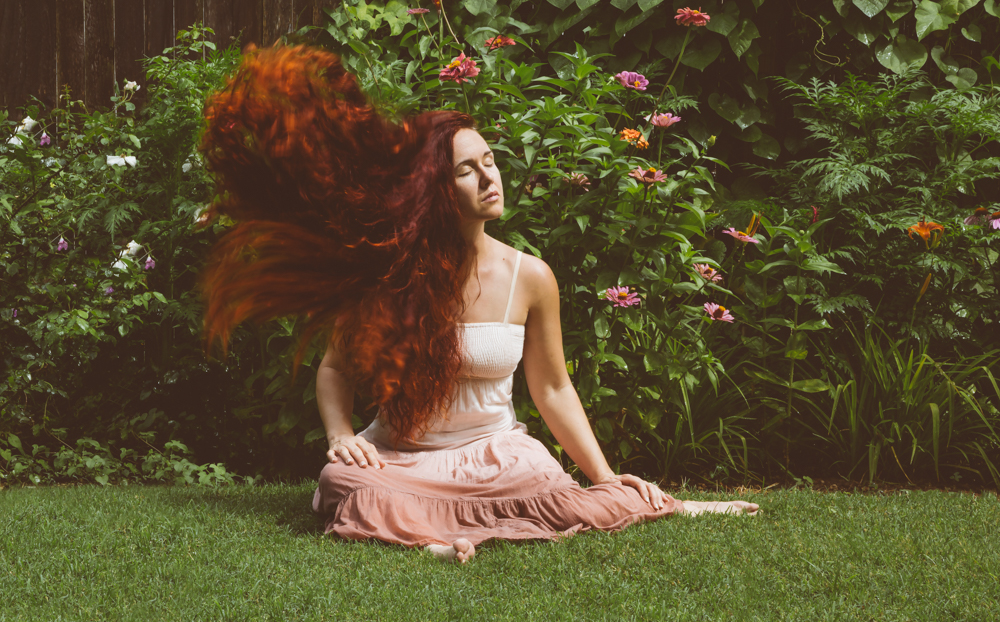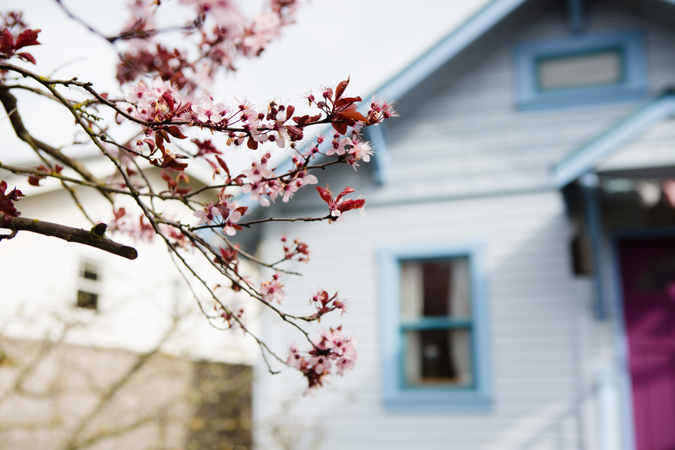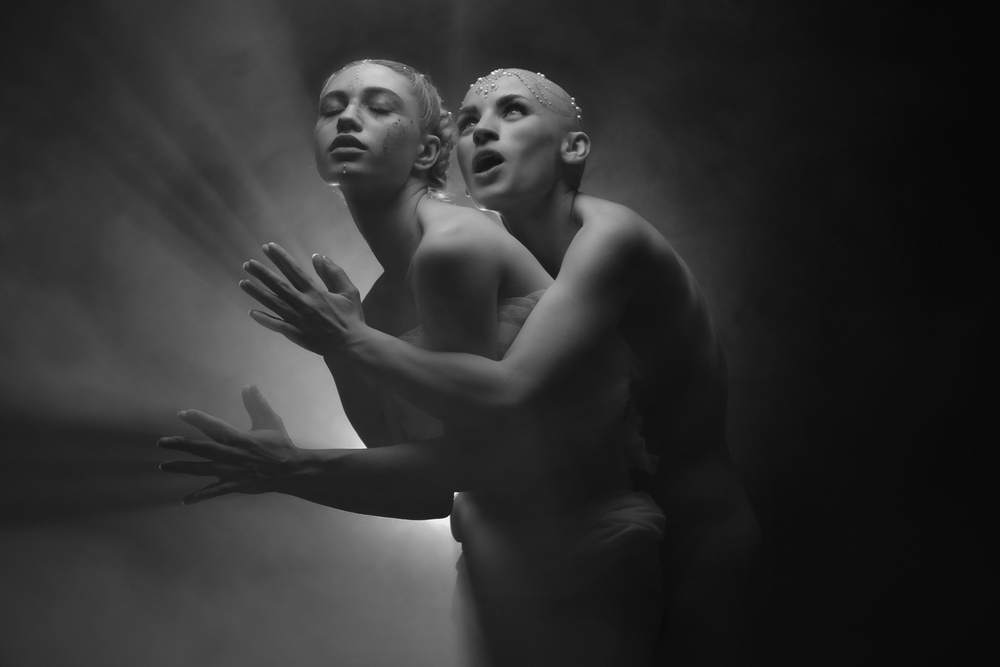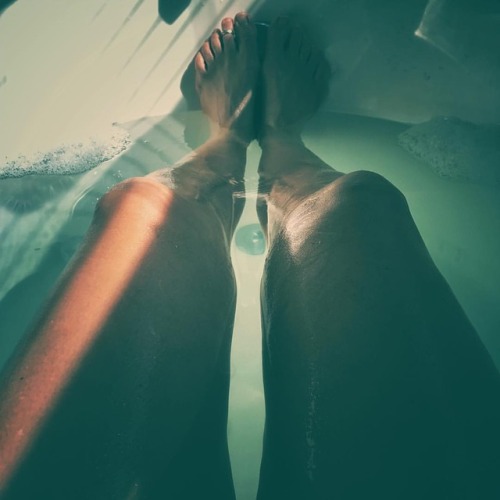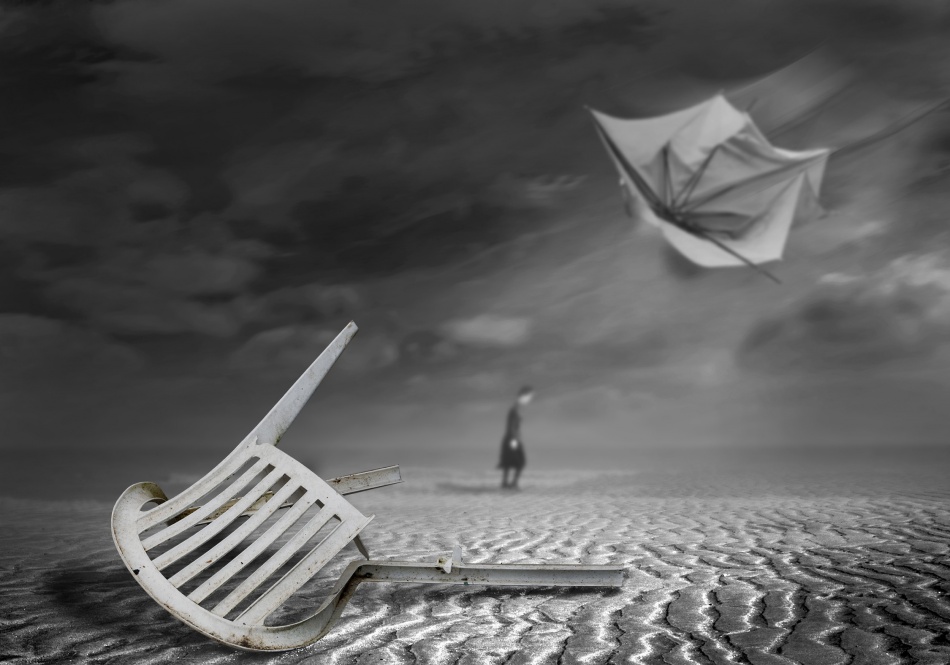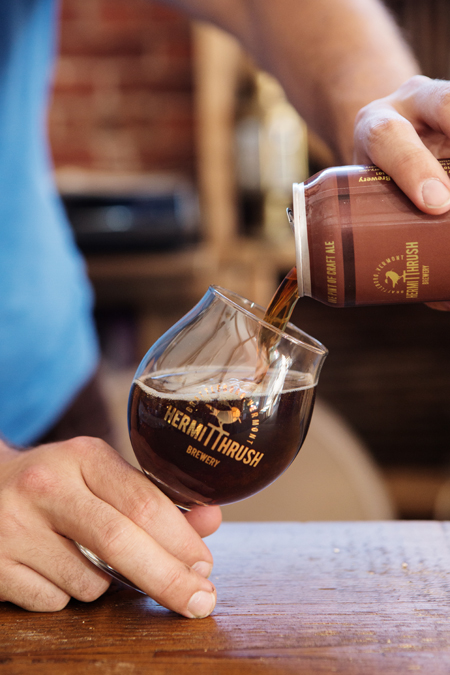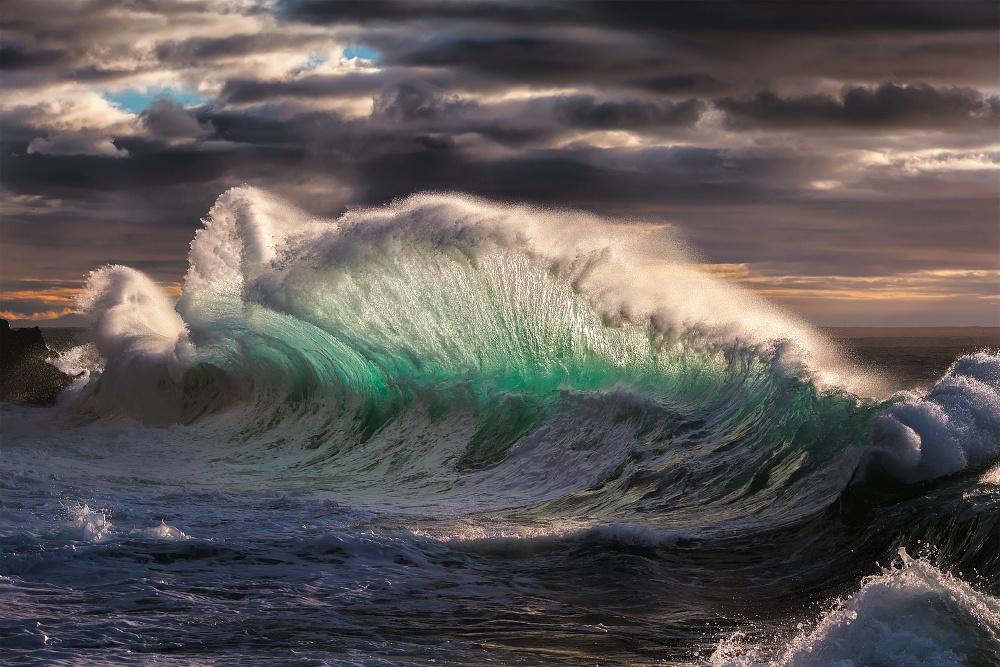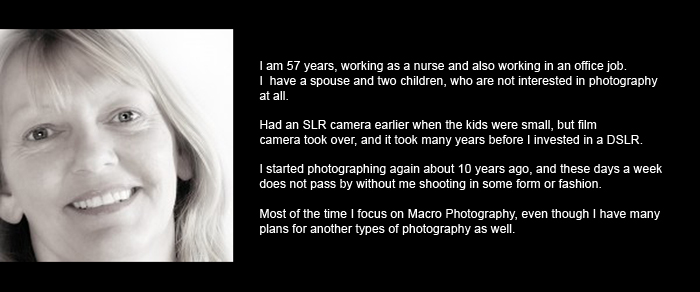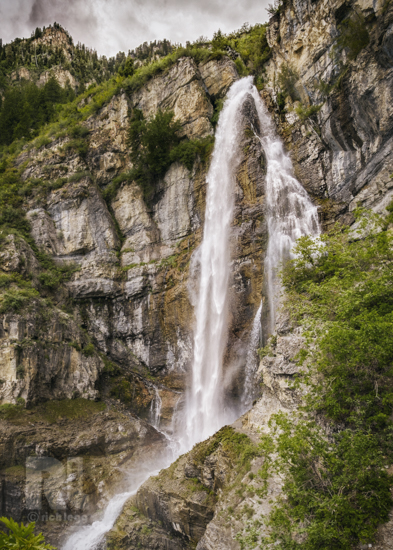Photographers
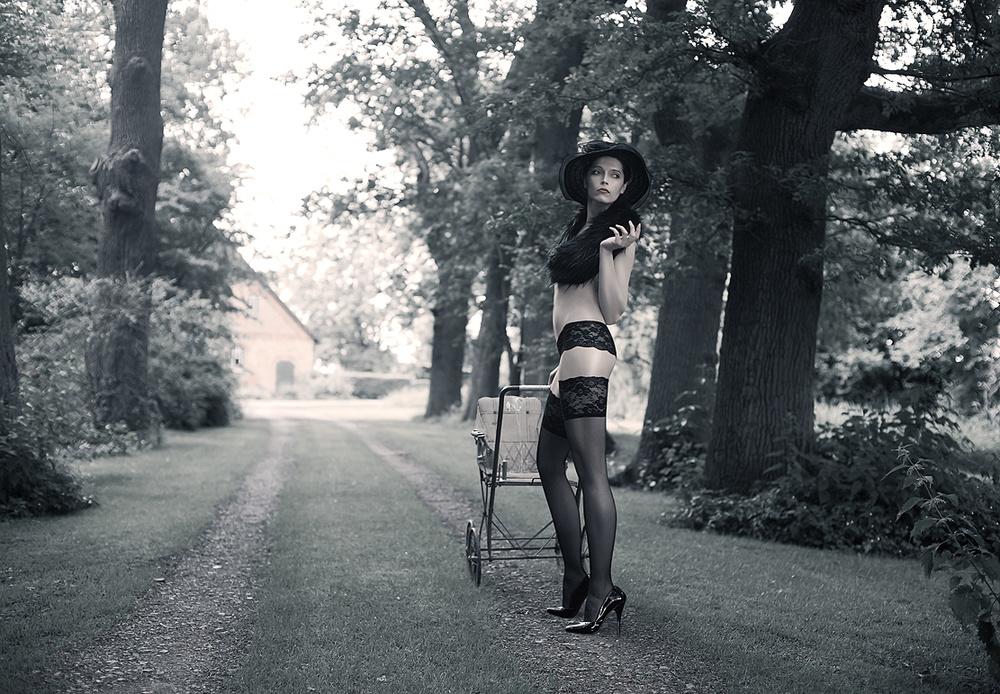
Robert Komarek: internationally well-known Fine Art Nude photographer
1x Blog-PhotographersRobert Komarek is an internationally well know professional fine art nude photographer with a long and successful career.
He is being shooting models for more than 30 years and his outdoors work stands out from the crowd just because it looks like studio shooting always with an amazing interaction and complicity with the model and always with amazing natural backgrounds where the tones and the composition seems to fit perfectly with the body language of the models.
We ask the master to tell us something more about his shooting and about himself."
At what age did you become interested in photography?
What sparked it and when did you decide that it was what you were going to do?
Can you please tell us a little about who is Robert, the man behind the camera?
First of all I would say a very big “Thank You” to Paulo Abrantes (member restotus) for giving me the possibility to tell a little bit about my 'photographic life' to a wider circle of people!
Well, born 1956 in Vienna/Austria my interest in photography started quite early. It was inspired by my father who has been an enthusiastic amateur photographer. In the 50s he won some photography contests and actually he and his cameras sparked my passion. When I was about 14 years, I had already begun to develop my films and prints by myself – still handling my father's amateur equipment, Kodak® Cameras and a no name enlarger. In the afternoons, after school, for hours and hours I trolled the lanes and places of Vienna and shot everything – and everybody – what and who seemed to be worth a picture.
It was that thing what today is called Street Photography in fact. It was easy because nobody cared about personality rights. In spite of that sometimes I reaped some slaps in the face, or they tried to wrest my camera. It was the time such things were finished immediately without any sections of law. Completely incredible today :-)
How did you start your career? And were your parents supportive? Were they artistic? What were some of the hurdles you encountered in the beginning?
First I thought I would begin to train as a graphic designer and even I accomplished the admission examination at the only school for graphic design in Vienna. But my father said I had better to continue the gymnasium for another four years and to finish it - aged 18 - with the Higher School Certificate. As a consolation he paid for a multi-annual course of photographic studies with The Famous Photographers School from Westport, Connecticut, USA from 1970-1972.
Did you go to college for photography?
No. After the gymnasium I decided to study Fine Arts and German Language. So some years later I was Secondary School Teacher AND Photographer by training. I remained in school service and for almost thirty years I taught Fine Arts and German Language.
But of course during all the college years I shot already photos. Especially photos from pop and jazz concerts, now and then several times a month. After the concerts I had to develop all the films and prints to deliver the pictures next morning. It was marvellous! I earned real money by shooting all the legendary stars in concert, from George Benson to John McLaughlin's Shakti, from Herbie Hancock to Frank Zappa etc etc. Elvin Jones tried to teach me some drum beats at 04:00 am. and Carlos Santana played Frisbee with me during a soundcheck break. And all the music I had for free!
But I was too young and inexperienced. So I agreed most of time that I would deliver all the negatives I shot together with the prints. That's why today there are not many photos left in my archive originating from that period.
Why did you decide to become a fashion and fine art nude photographer and why have you pursued such a career? Was it by chance or was it intended to be like this.
Well, after all now you already know I didn't really work as a fashion photographer but I had lots of shootings just for fun. My first girlfriend was my first model as well. She was a pure very long-haired blonde beauty and I was envied by the whole district. We shot hundreds maybe thousands of pictures and some day she was elected Miss Bonbon Vienna.
Do you remember your very first fashion/fine art nude shoot session?
I think we both were 17, quite in love and completely without a plan. We shot kitschy frill dresses and such trash. Do you remember Michelangelo Antonioni's BLOW UP? For us this movie was like The Holy Bible. I don't know how often I watched it. All the dialogues we knew by heart and to the end of the film when Jeff Beck smashed his guitar, we were already looking forward to watch the movie again. Again and again and again!
Do you remember your first job, and what followed afterwards?
As a concert photographer: yes, I remember. I shot Emerson, Lake & Palmer at the Vienna Concert Hall on April 25th 1973. I remember this so exactly because it was my 17th birthday. Keith Emerson jumped up on his Moog Synthesizer and attacked it with a giant knife as a part of the show. I shot and shot. The pics were fabulous and I succeed. And I learned to take TWO big METZ flash lights to concerts, mounted left and right of the camera on a strong metal splint. Not for getting a better light but for a better boxing against the other photographers down in the orchestra pit.
Have you travelled much through out your career? What are some of your favourite locations that you’ve shot in?
For years and years I travelled really much; not for the job but for a lot of experience. Most of the European countries, several times North America, New Zealand and the Seychelles, one time even a step into the Sahara. A very little one. For all those times I was more a travel photographer than anything else.
Can you tell us something about your favourite photographers, if there are some?
Sure. Two of my favourite photographers were Helmut Newton and Richard Avedon. I love Newton for his hidden humour and Avedon for his talent to tell supremely interesting stories, often all located just in front of a white background paper. Furthermore Avedon was one of the founding members of The Famous Photographers School.
What kind of equipment and gear do you use in your work?
I was happy with Nikon throughout. My very first Nikon was the Nikon F. She was wickedly expensive and my father said if I wanted to get one I would have to work hard for it. So for a number of summer weeks I worked in an ice cream factory where one of my duties was to scratch the blocks of ice staying within the shock tunnel with temperatures of minus 40°C. But at the end of summer of '73 I finally got my Nikon F.
I think today there are no lousy cameras left. No matter whether using a Nikon or a Canon or anything else.
More important seem to be the studio flash lights. I prefer the Swiss Made Elinchrom but I worked with much cheaper flashes, too. It always depends on the actual studio I can rent. The best of them are offering ceiling-mounted rail systems – wonderful! No bulky tripods, no pitfalls!
What is your proudest moment so far?
Well, I have to admit I felt flattered when the Wien Museum (Vienna's History Museum) asked me for some photographs last year. Aged 17 I shot lots of pictures of Yugoslavian and Turkish migrant families in 1973 at the Vienna Suedbahnhof (main station) and now - 44 years later! - they wanted to host most of them in their archives.
Do you belong to any photography associations or groups?
No.
What is your favourite photograph ever, from you and from others? And what photographs and photographers from the past or present have had an influence on your work?
I've seen so many pictures, thousands and thousands. In reality I couldn't say – and the chosen selection wouldn't be representative at all. - To have been of some influence to other photographers maybe could be flattering - but I'm trying to keep it reasonable: Every day today we are watching and receiving hundreds of pictures. I do not believe that only one of them could have such a power. But of course the stream of all of them together would be an inevitable factor.
What have been some of the obstacles or challenges you have faced all along in your career?
I think the most demanding challenge was the digitalisation of photography. We had to learn lots and lots about post-production with Photoshop®, we had to learn to handle graphic tablets (I always preferred WACOM®) - and we still are learning. Before the digital revolution we had to retouch just a few selected prints, armed with super tenous brushes of marten hair – now an exhaustive Photoshop® retouche is general standard for each picture. The post-production in the meantime needs far more time than the shooting itself; for me that means an average of six to eight hours per photograph. Now we are accustomed to watch each and every skin and hair pore and the aspirations are getting more and more endless.#
All in all the digitalisation was a giant step from the pure designing of a picture within all the human interaction, within all the laughter and improvisation – a giant step to our present numerous lonely hours and hours when we are sitting in front of our displays working out the post-production requirements of pinpoint accuracy. That's why more and more it will be important to preserve improvisation, humour and flexibility.
If you weren’t a fashion/fine art nude photographer, what other kind of photographer could have you been?
I began with model photography decades ago – still doing model photography today again. In the meantime when I shot music, travel and landscape I permanently thought I should go back to model photography.
How do you get inspired? What are some of the things you do to get inspired to shoot? And your biggest inspiration is…?
I don't know what my biggest inspiration was. It is up to other people to appraise that.
Inspiration is hard to fix. For me, music or a song lyrics could be inspiration for a main theme of a shooting. But for every single shot it could be the model's smile, her hasty glance, or the body itself. It is so hard to express. Blessedly the camera knows.
Did you make many mistakes when you look back on now and find embarrassing?
Yes, of course. Maybe the main mistake I made was to stay in school for teaching. But it had the advantage that it was only up to me what I shot. Nobody had to tell me anything and I could do completely independent photography down to the present day.
And embarrassing? I've shivering knees! Always! Literally at every shoot – from the first steps when I was 17 until the last shoot I had just a short time ago. The first half-hour of a photo shoot usually is horrible! But I guess hardly any model ever really noticed that - anyway inside I'm trembling like a leaf!
Comparing where you are now with where you were when you first started, what could you have done differently to get to where you are sooner?
A very difficult question. Photography is neither a straight wide road for me, nor a thin continuously rising line. I do not know what I will shoot in a month, in a year. And it is not a lesson. The main thing is to have fun, isn't it? So I always try to have a lot of fun – for me and the models as well. In spite of shivering knees. The know-how comes automatically by itself anyway.
What has been the worse job you’ve ever shot?
A wedding photo shoot! It was terrible indeed. Terrible, boring and extremely exhausting. Ten or more hours of stress and crowds of people I never ever saw before but having to fix them all to the Big Conclusive Photo Album! I swore I would never do such a job another time.
The next now will happen in August.
I couldn't decline! The bride was one of my models! And the bride's mother was one of my very very first models – and still my best friend ever.
Is it really as glamorous as the media makes it out to be?
Maybe. Some of the models say so.
What advice would you give to a young photographer who is just starting out?
Beware of the models boyfriends.
Don't tolerate any of them on the set!
A model's focus MUST BE your camera itself – and not her guy behind your back.
And just another hint: As a beginner don't work with model beginners. If possible anyway try a pro model otherwise you will be swamped. To do a fashion or fine art nude photo shoot is like to drive a very new car in Paris within the rush hour. You have to decide thousand things every split second and if you have to add all the model's problems, too – you will fail unavoidable.
You’ve clearly worked with a wide range of models, what tips can you give to people looking to expand their portfolio?
Work with as many as possible models. Each is different. Each will enhance your experience. Don't be disappointed if the results are not as good as you expected, or worse than your last shoot.
But never put the blame on your models! First ask yourself why she didn't let her hair down. You are the wizard, you and your camera have to enchant her - not in reverse.
If you want to expand your portfolio to fine art nude please do not begin at once with nude shots. Try to accomplish some „bridge“ and be patient. Most of the models will be grateful for that.
Who do you love shooting most, men or women?
Women. Maybe it is caused by biology
Men only if the story requires.
Are you working on anything at the moment, either for a client or for personal?
Yes. I do so since I pushed the shutter for the very first time.
Currently I'm working out an extensive series about SELFIES, the last pictures I shot in Germany last year, before I went back to Austria.
Can you describe a typical photo shoot session? How much equipment do you typically bring to a photo-shoot? Do you have support staff and what areas do they handle?
Well, there are two possibilities: Either we shoot on location or in a rent-studio.
For studio I just need the camera body and for most of the studio pictures the 1,4/50mm lenses, seldom the 2,8/70~200. I like to shoot from a deep point of view, so I'm wearing shorts or tracksuit pants and – most important! - a shirt with a breast pocket for my glasses. In studio generally I'm barefooted or in socks to be comfortable and to save the background paper as well.
During the model's make-up I like to prepare the „background-music-menu“ and to arrange the flashes; as standard two of them left and right of the model, another two to light up the background (which is mostly white) and one above the model for getting a fine top light. Okay, and after some test shots to check the light - dinner will be served.
Remember, most of the models like to watch the pics you made. Try to get periods of approximately 10-20 minutes of shooting followed by short breaks for changing the flashes, for restoring the hair/make-up AND for watching the just finished shots TOGETHER with the model. Talk to her! Don't get tired of praising her performance and be sure she will give thanks with her top form! And don't act big! Remember: without her now you would be nothing; you could not do more than to shoot the background paper. So TALK TO HER! Nothing is more embarrassing than a speechless shooting.
I remember a shooting with two models. One spoke only Polish, the other one only English. It was hysterically funny.
For outside shootings on location usually I'm using reflector screens; the bigger the better. Especially for windy days it will be comfortable if you have any assistants with you otherwise the screens would be blown immediately in the wind. If possible check the shooting area timely. At public places be sure you will not be disturbed by rubbernecks (or by Police :-) Be thoughtful and considerate. Be sure your model will not get a cold. Be sure she will not get hurt. Be sure she will not be compromised anyway. Be sure she will get chocolate/ lemonade/ cigarettes/ coffee/ tea/ chips if she wants. But never ever bubble gum! Talk to her. For the hours of shooting she will be your queen. Be careful about her. But don't allow telephone calls during the session.
For outside photo shoots, mostly the complete gear is necessary. Try to have short distances for carrying. Avoid tripods if possible. They are killing good vibes.
How much time do you spend taking photos, versus retouching photos? And, to what degree do you retouch your photos, Photoshop? Lightroom? Aperture? Anything in particular that you always like to do in your photos, like a personal “editing signature”?
My photo shoots take about 3 to (seldom) 5 hours net, with from 400 up to 1000 shots. That's a lot, isn't it? For analogue times this might have been 10 to 25 films! In reality I had never spent so many films for just one single photo shoot. It would have been simply too expensive – that's all. Helmut Newton said that commonly he needed not more than two 35mm films per shoot.
But that was yesterday. Today our digital cameras are rattling like machine guns.
Number of shoots per year is also highly different. I had years with just four or five shoots, and others with forty or more. It only depends on my ideal capacity :-)
Now I'm working with Photoshop® for about 25 years. It's universal. You can do with it whatever you want to do – if you can. Years ago I had developed my own retouching method but the last years I have changed to the current standard, the Frequency Separation Method. For me, the best retouched picture is this one you won't think it was retouched anyway. So I do not use any instant programs.
Also I had developed a complete Photoshop®script to scan my old analogue photographs; negatives and slides as well. The script was really complex and worked with more than hundred steps. I lost the script someday due to an engine crash. It did not really matter because by far the most of the old photographs I had scanned already. However since then I'm saving simultaneously all data-files on various hard drives. One of them is kept in a safe deposit box and updated every half year.
Usually after working out a photo I create a number of „looks“ for each pic. Because I'm working nine times out of ten on series, it is possible to save the particular looks as storable Photoshop® scripts. So I'm getting absolutely the same results all the time – even for pictures in the future.
For someone who never saw your work, how would you describe it?
Women you always wanted to make friends with! :-)
If you could choose a fellow photographer to take a portrait of you, who do you choose? Can you tell us why?
Richard Avedon of course! :-)
What do you consider to be the main difference between yourself and others like you who have failed to get to where you are?
One of the most difficult questions you're asking.
I think the most important basics are humour and fun, respect for each other, self-criticism and not a bit of conceit.
Who have you learned the most from?
First I would thank all the Famous Photographers School teachers. And of course I would thank my father who preserved the fuse.
If you could tell yourself anything when you first started out, what would you say to yourself now?
No fear!
When you see others pictures, what do you value the most, the technique applied there or the mood/emotion and history “triggered” by the picture?
“A technically perfect photograph can be the world’s most boring picture.” – Andreas Feininger
Robert, can you describe and tell us something about the hidden work of a fine art nude photographer? The work between the photographer and the model, the psychological and mental aspect of that work and all the main aspects of that relationship. It doesn’t begin right in the spot and it don’t ends with a “how do you do”, for sure.
Well, for some of your questions I tried to do so already.
I think the model photography is the most fascinating genre of photography.
There is a bewitching duplication of work: On the one hand I shoot a model, a human example, a paradigm of flesh and blood.
On the other hand this model is an unique person, a sensitive and feeling individual.
As a photographer I'm always showing both sides; at the same time, on the same picture. If it is anonymous work then it will be not as good.
That's why I have to look out for some general issues and for some individuality as well. The better I know a model the more the series will be personal. The less I know a model the more universal will be the result of the series.
And there is another mechanism:
The better the model knows me, the more she will show her inside out. (Hopefully :-)
So all results from a photo shoot depend on the relationship between model and photographer. This is completely different to all other genres of photography! It does not matter, if a landscape knows a photographer. It does not matter if a building knows an architecture photographer. And it does not matter even if a pop star live on stage knows the photographer down in the orchestra pit.
Model photography is psychology pure. My work is my sense, is my tongue and my behaviour. I think it is next to acting. But the applause is not up to any audience – the applause will be the work itself.
Do you have some photographs displayed on your place´s walls? From you or from others? And can you tell us which are some of those that you proudly hang on the walls of your home?
There are only two large B/W model photographs upstairs in my bureau which I shot during my first years in Germany.
All other pictures in our home are paintings and graphic arts.
Any final words of wisdom you would like to share?
Wisdom?
Let's say it by Helmut Newton: "Look, I'm not an intellectual. I just take pictures."
Thank you very much.
. '

